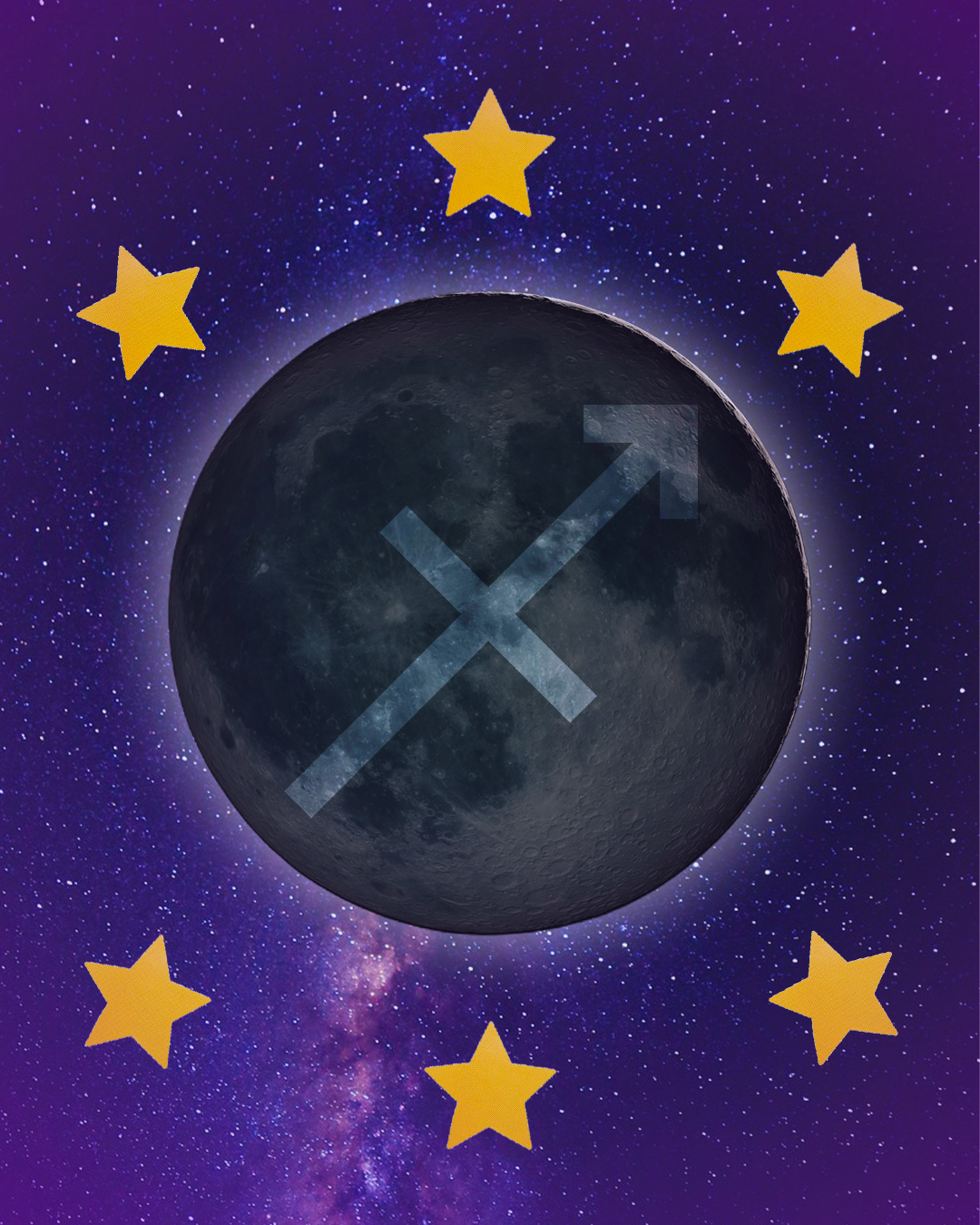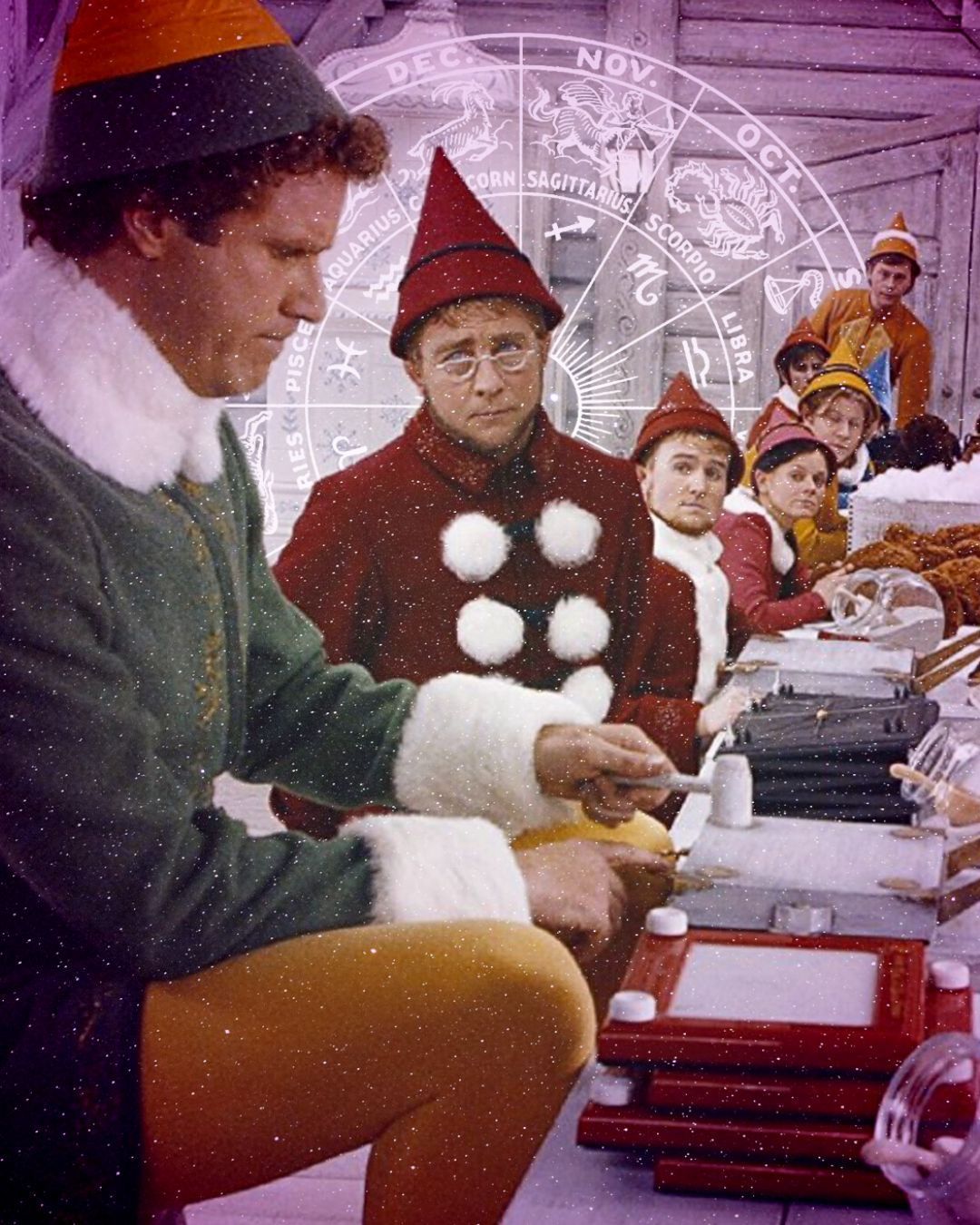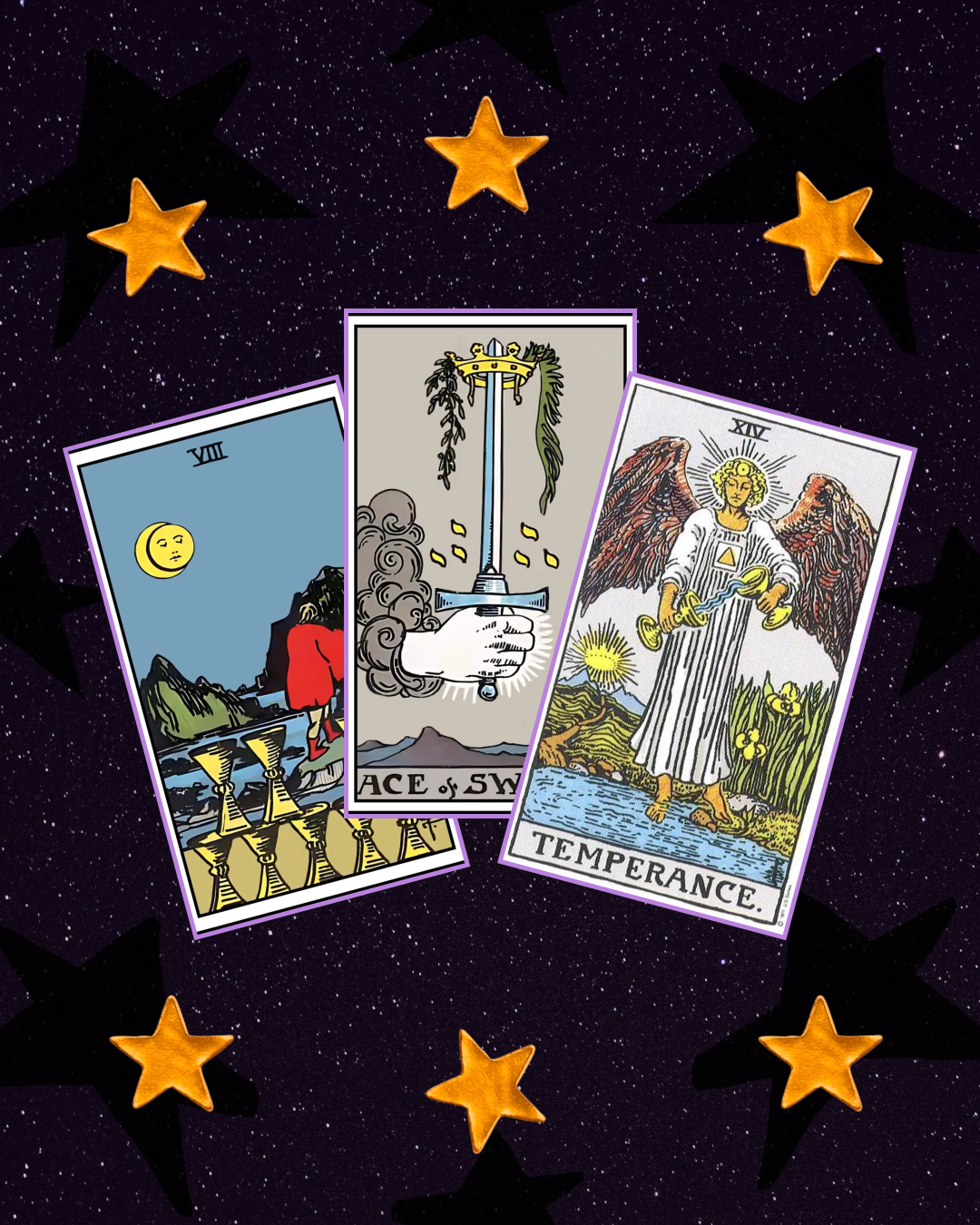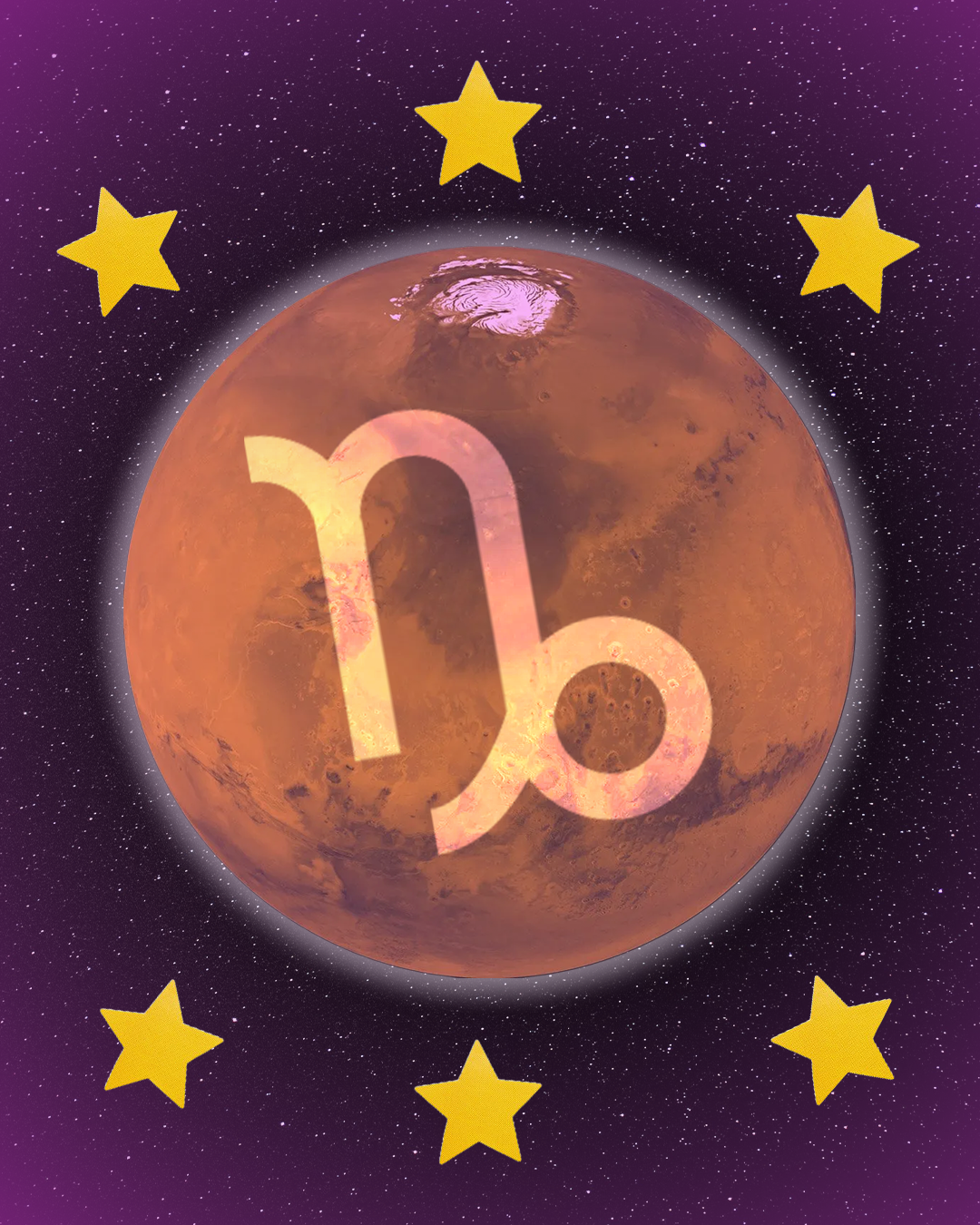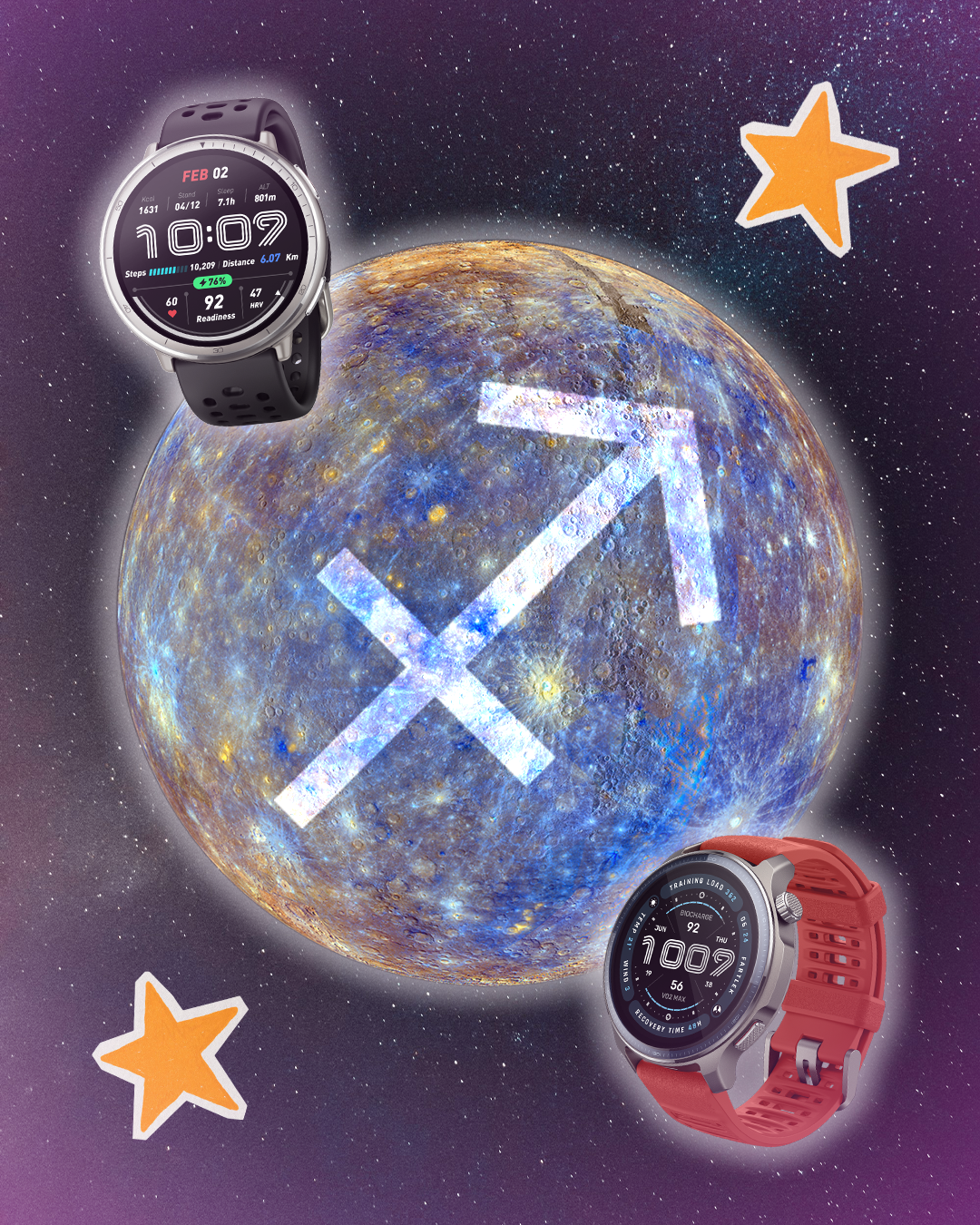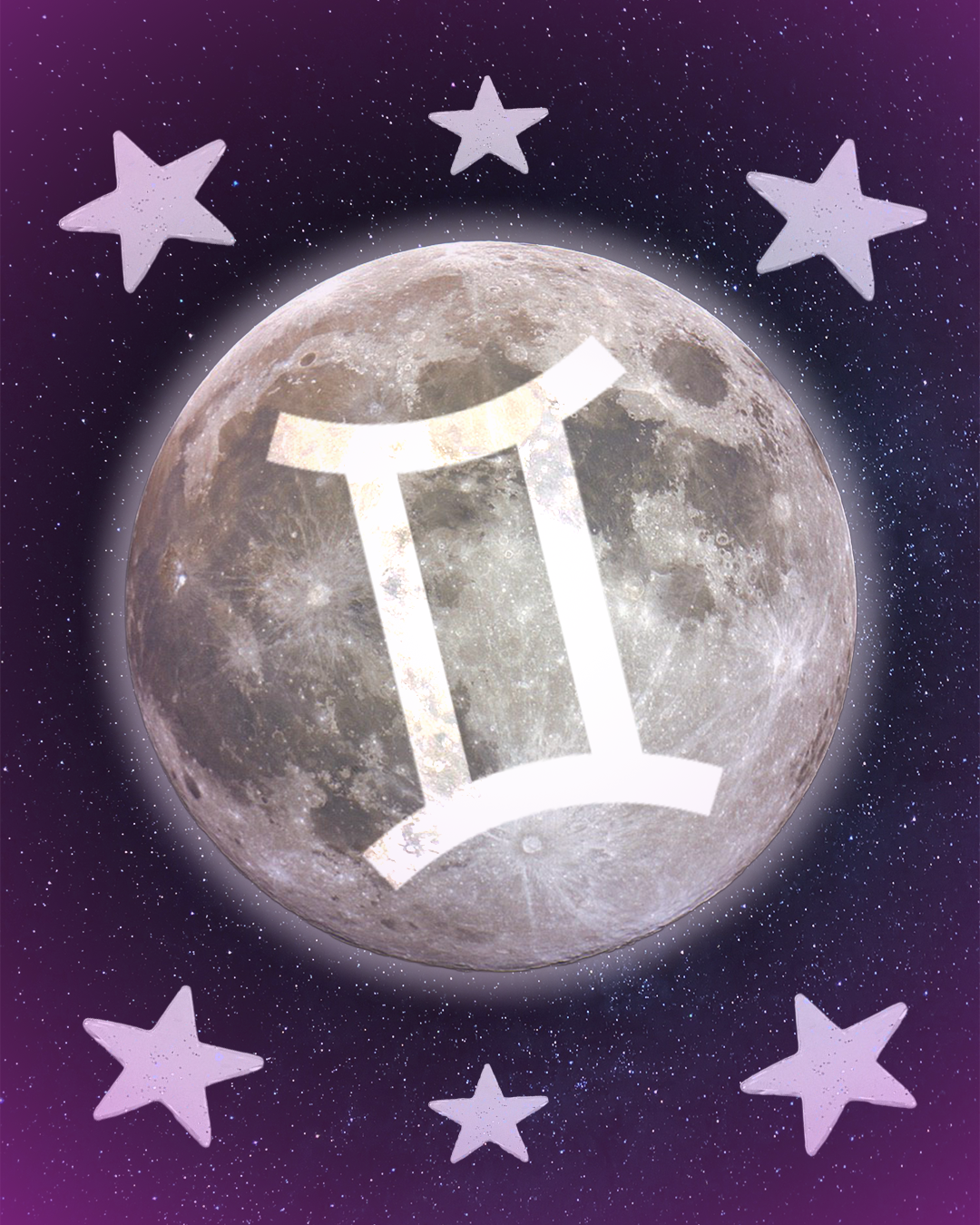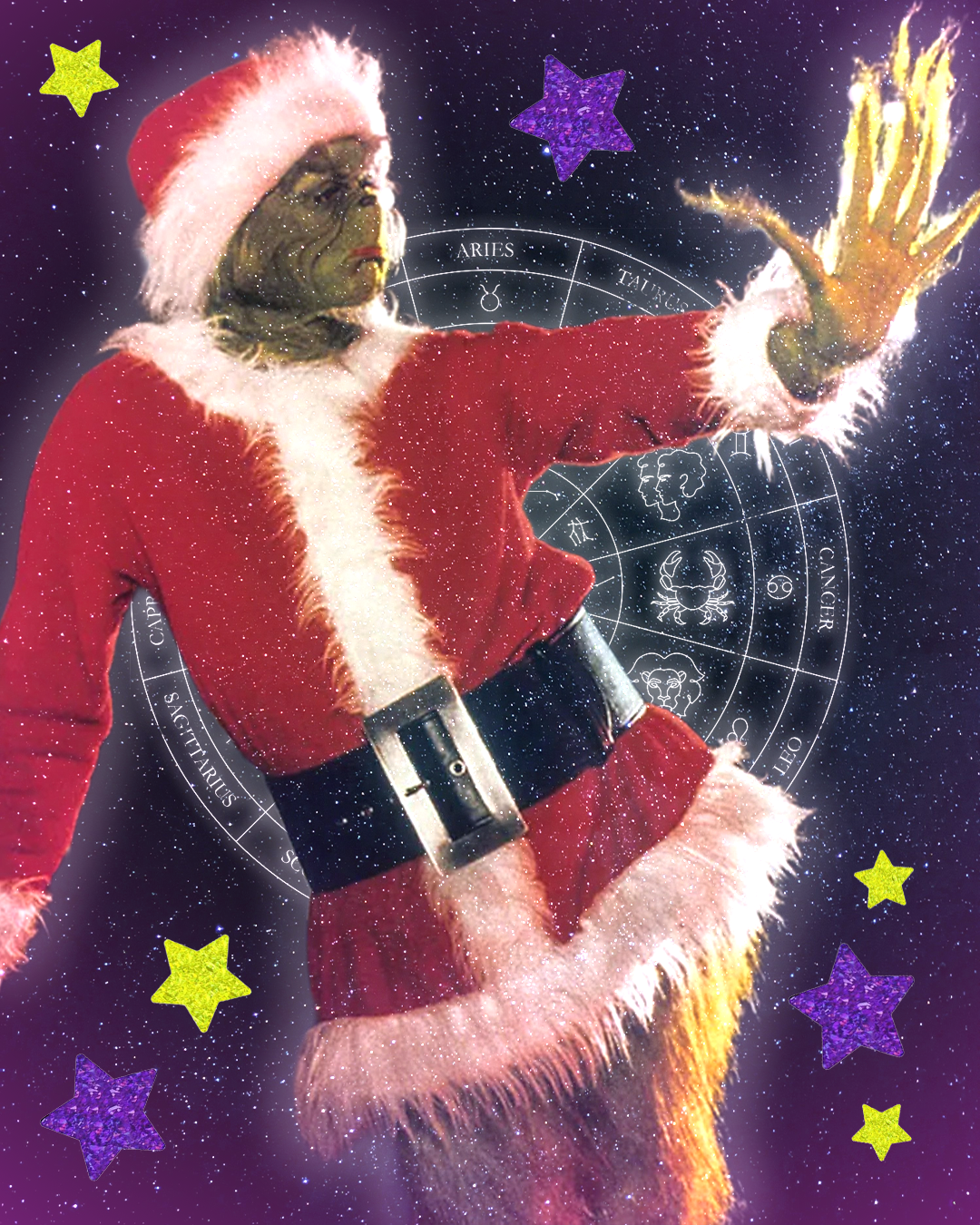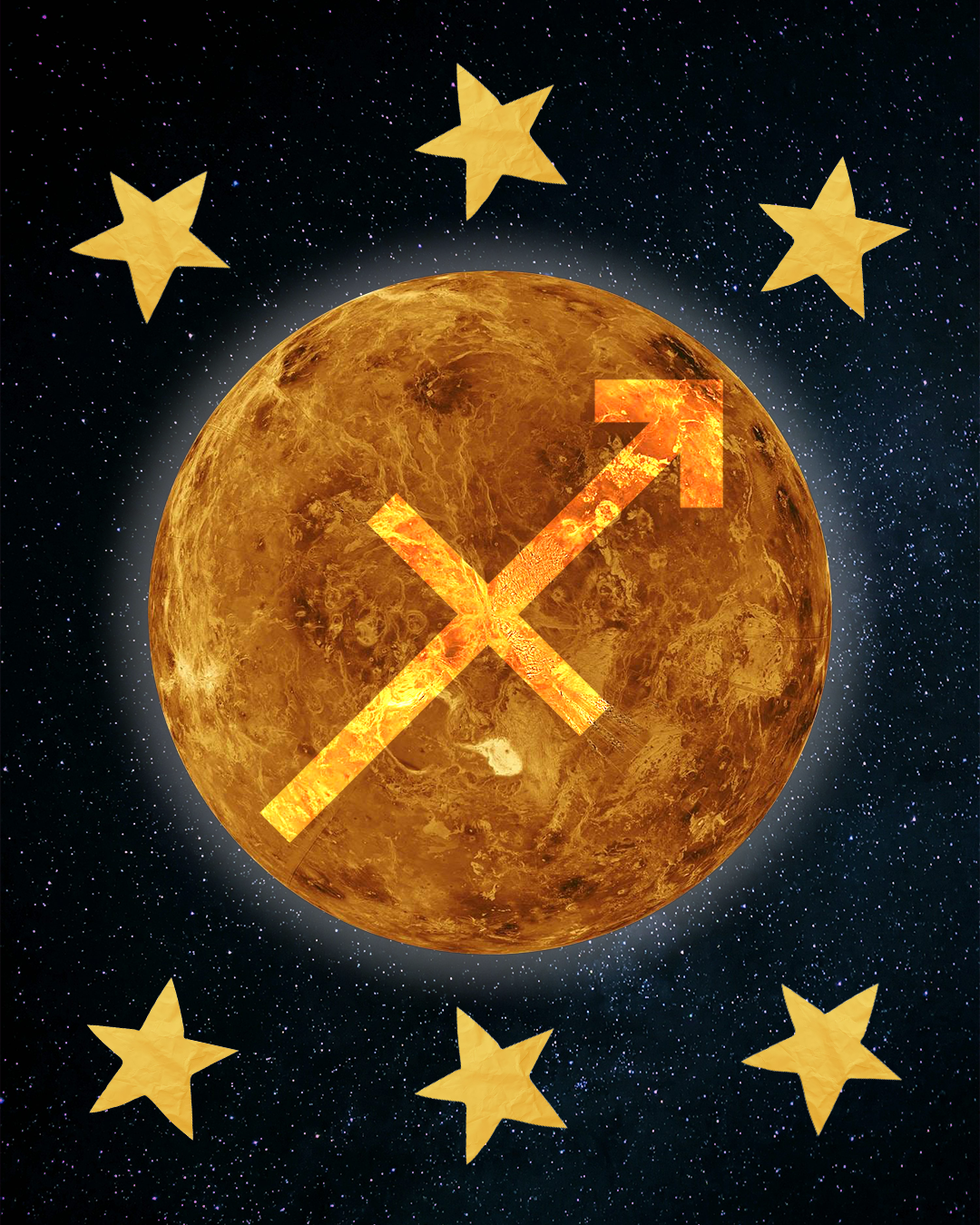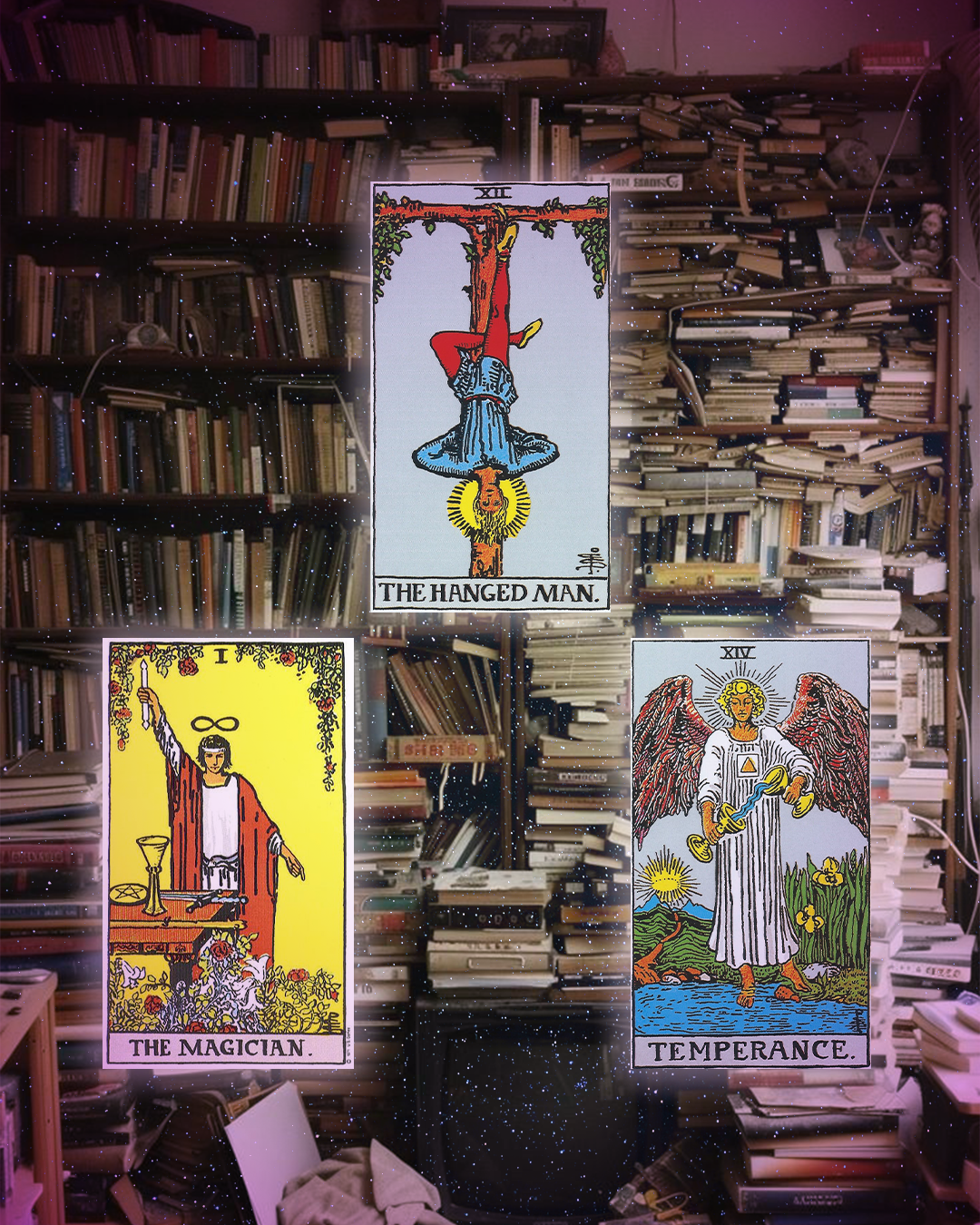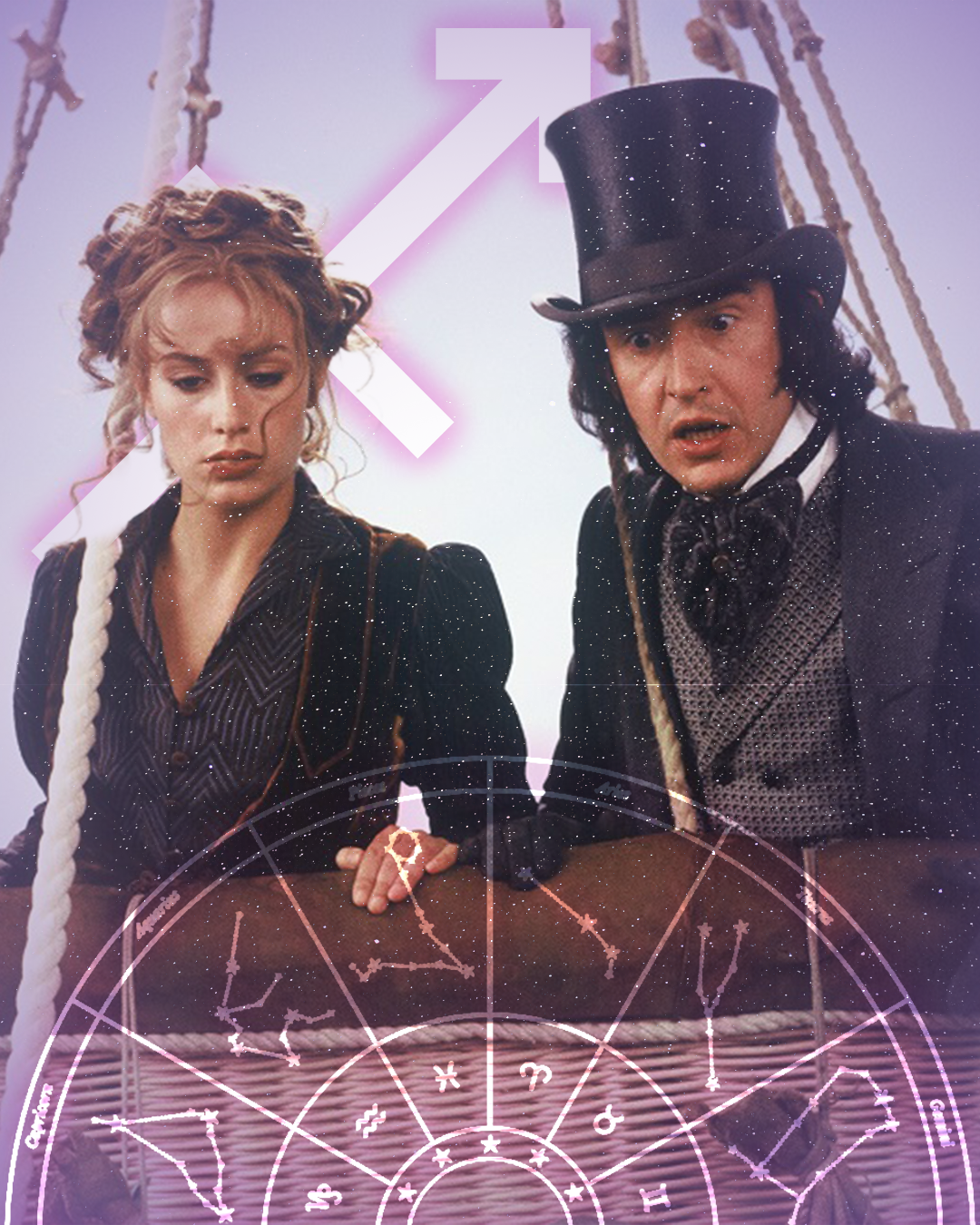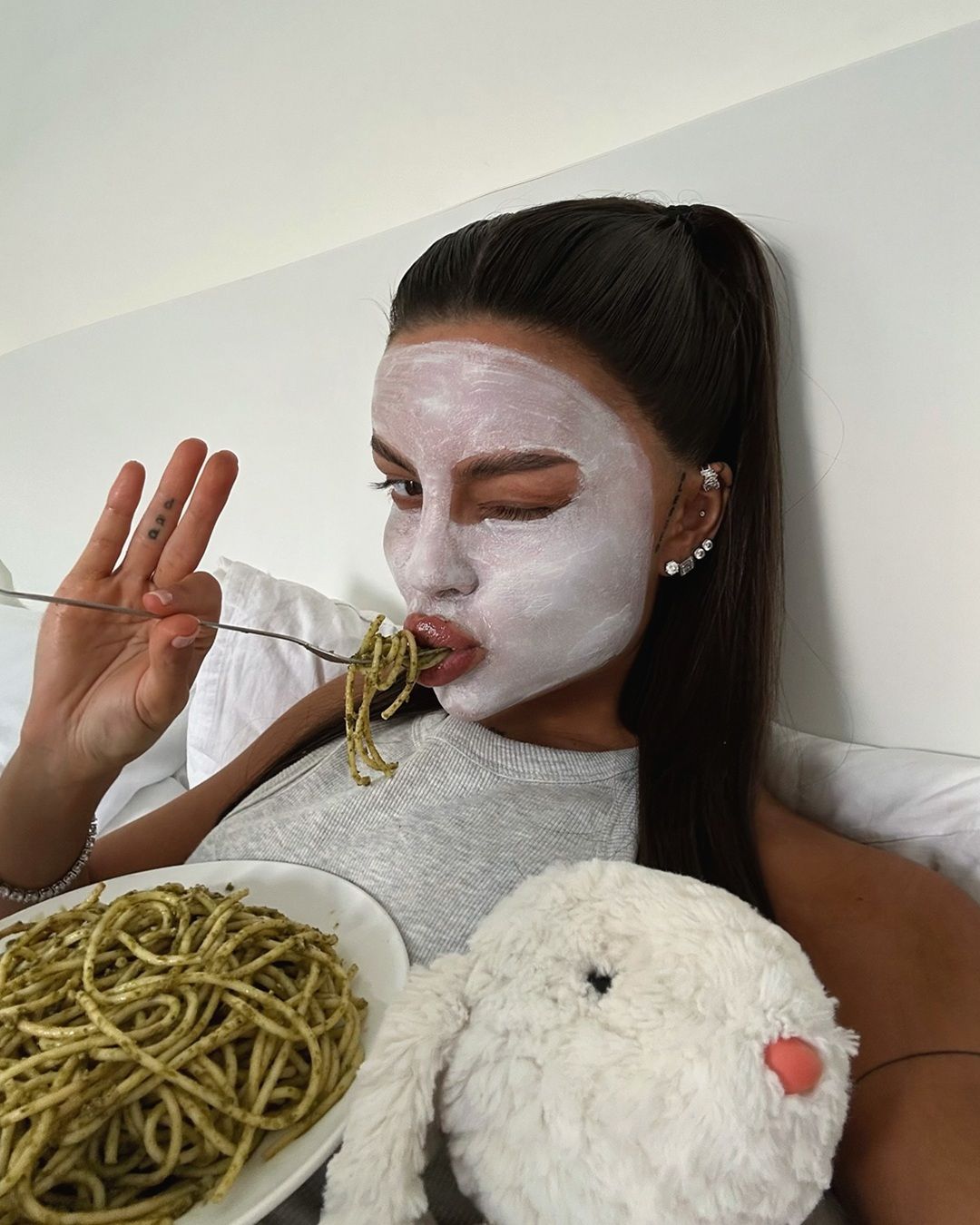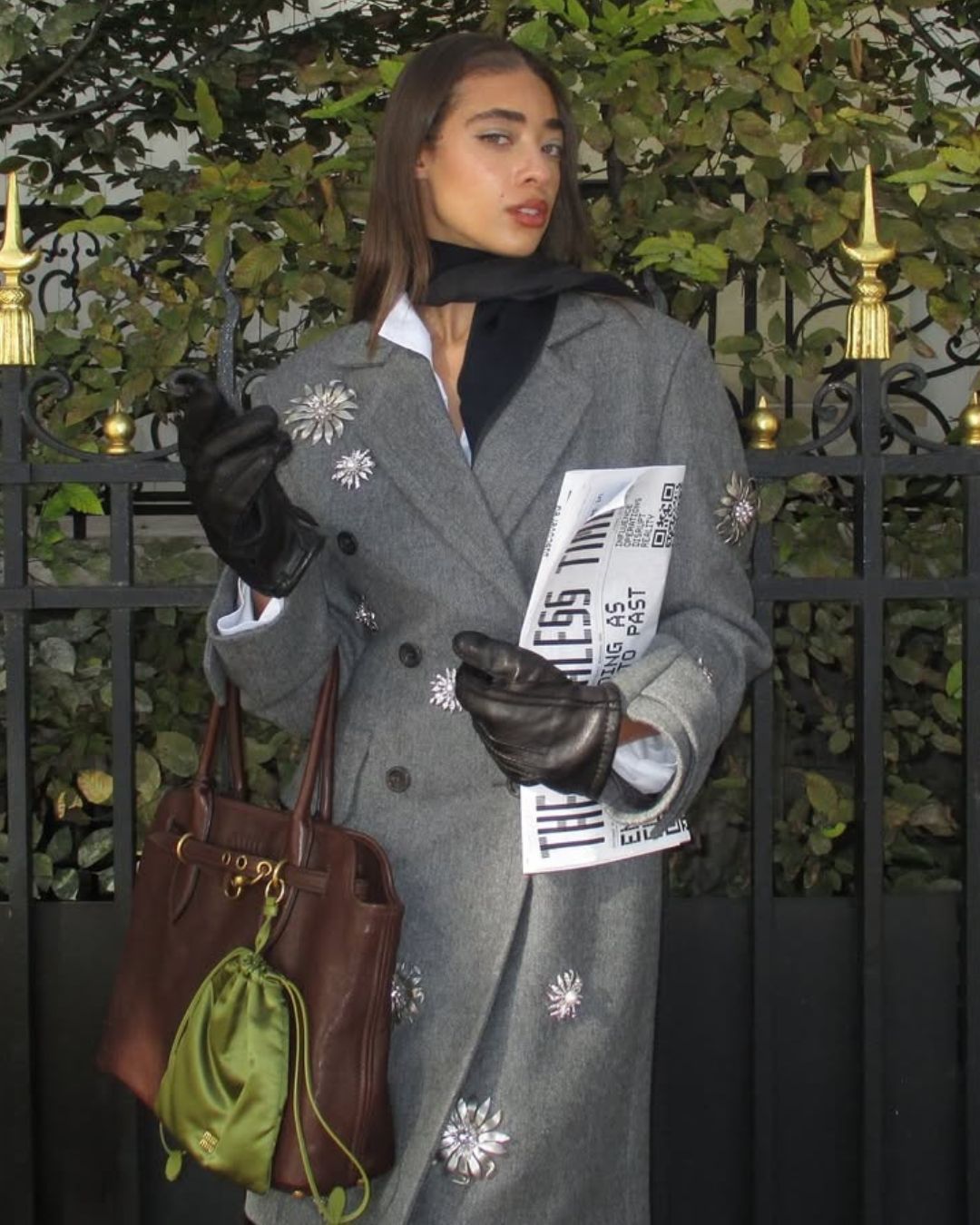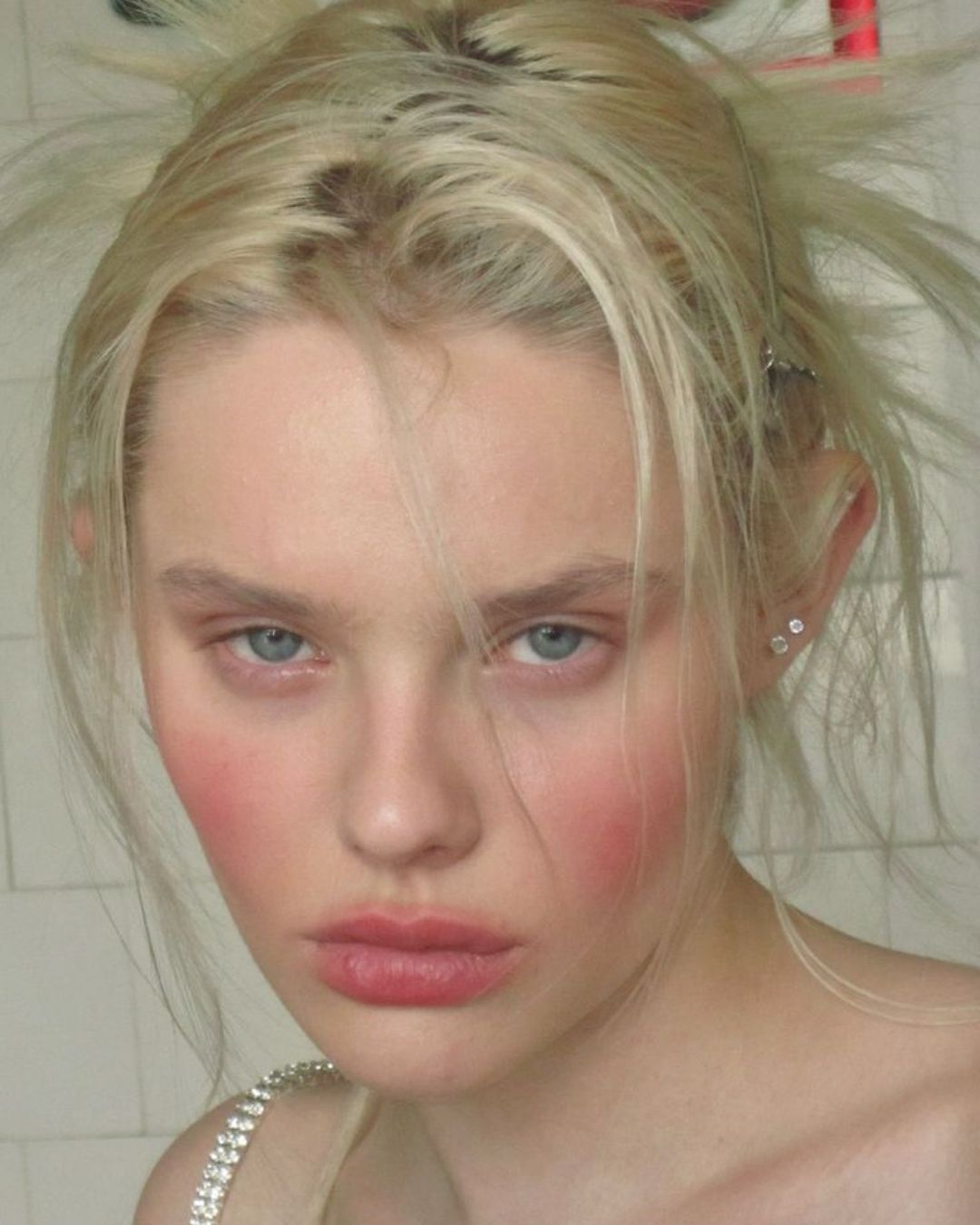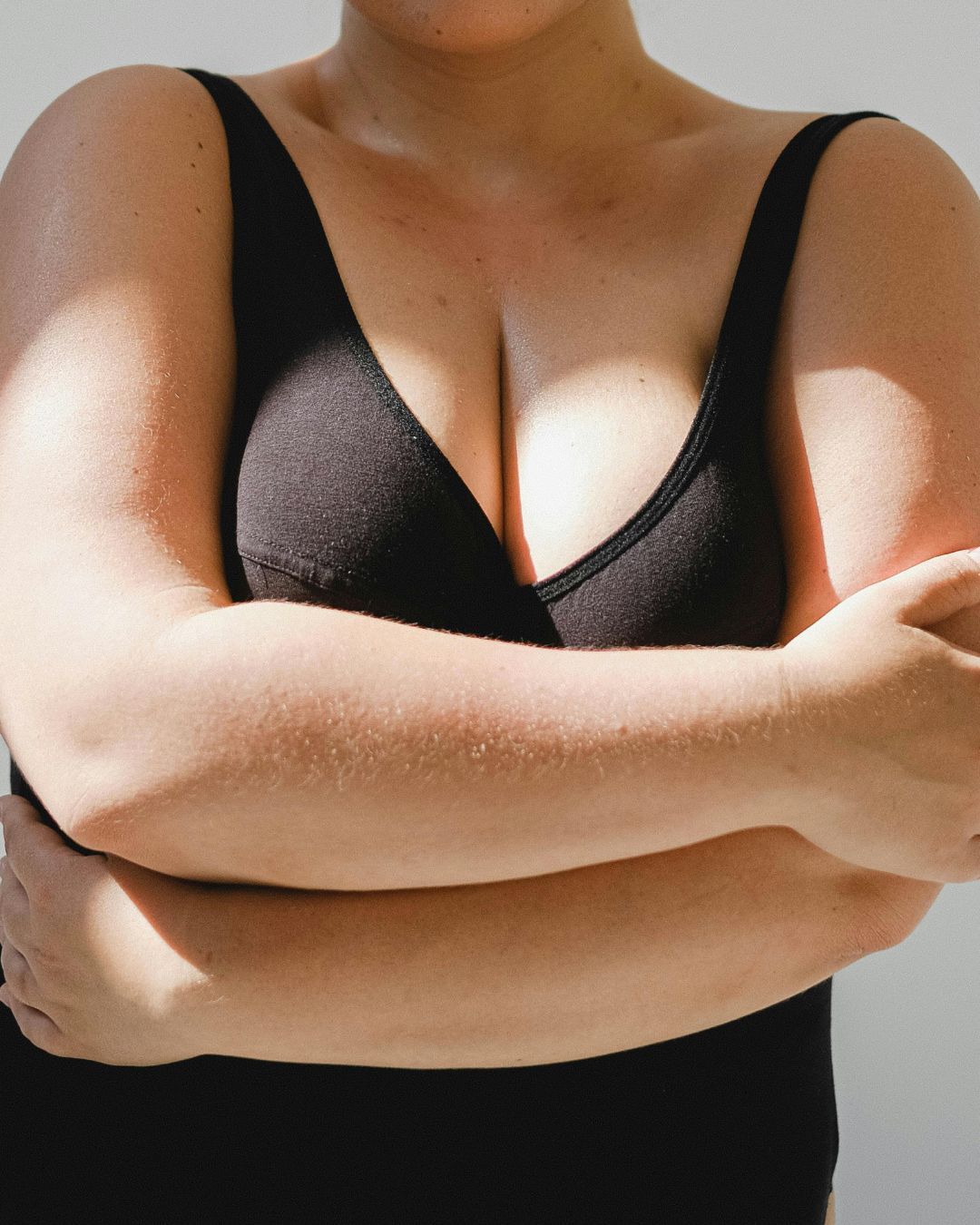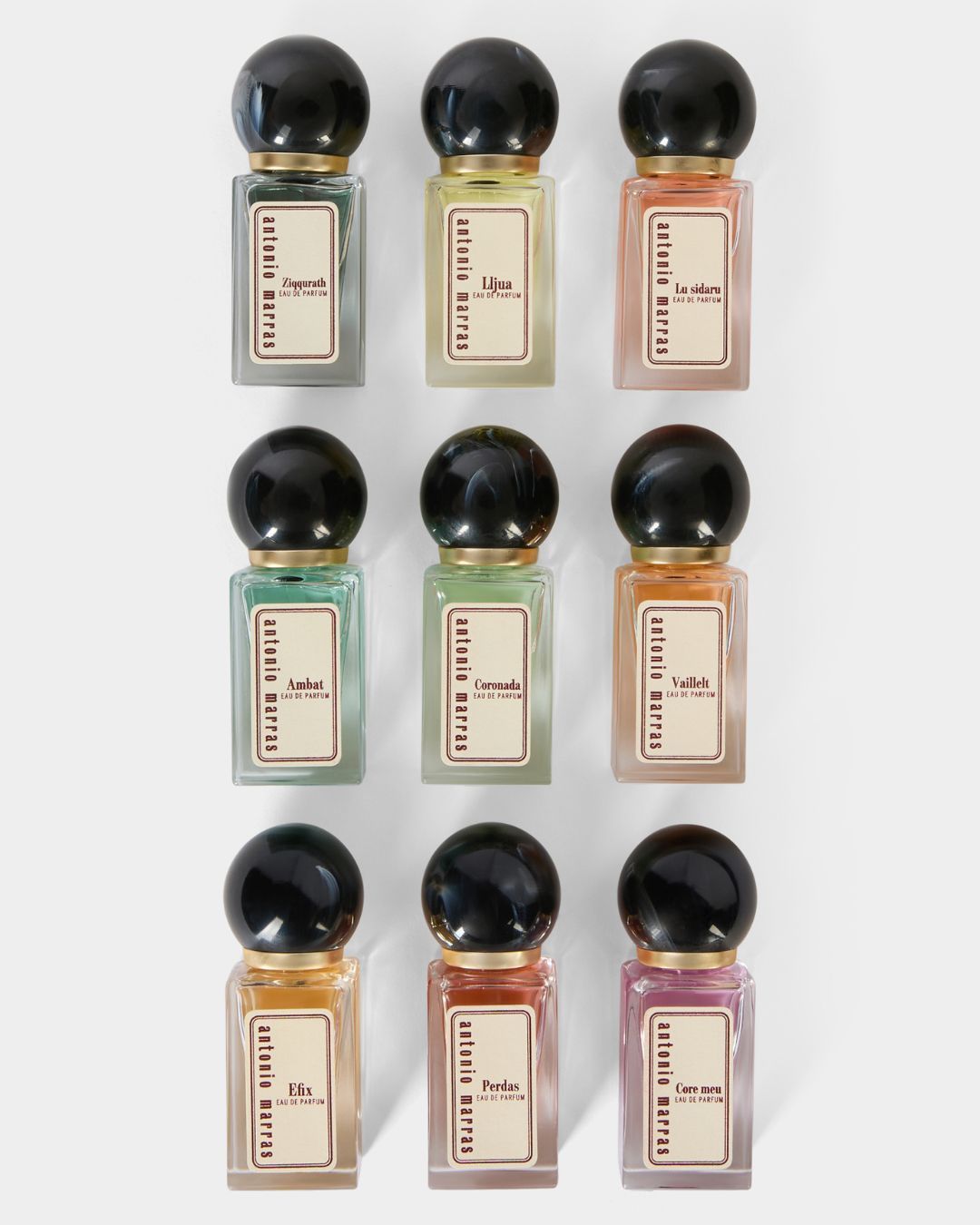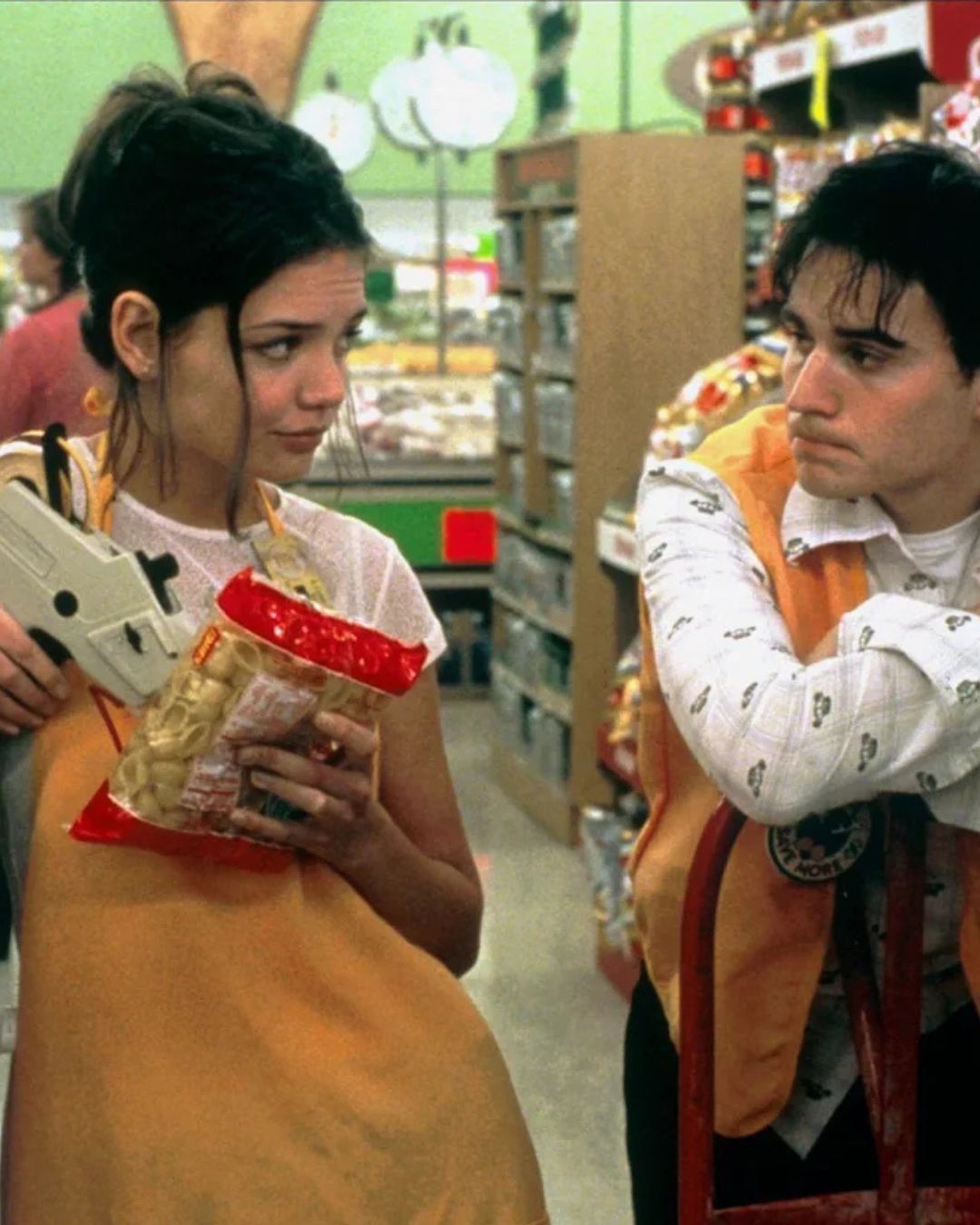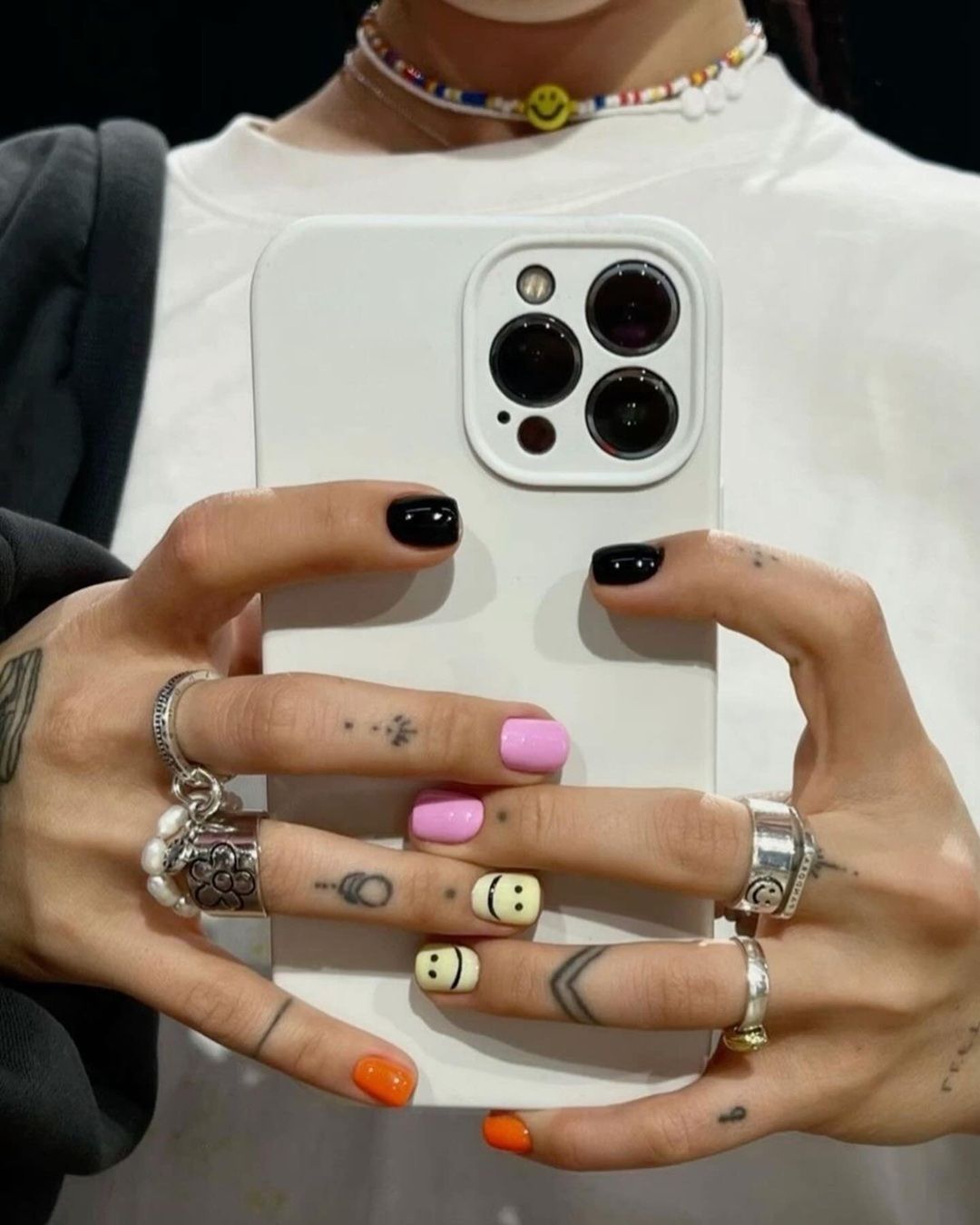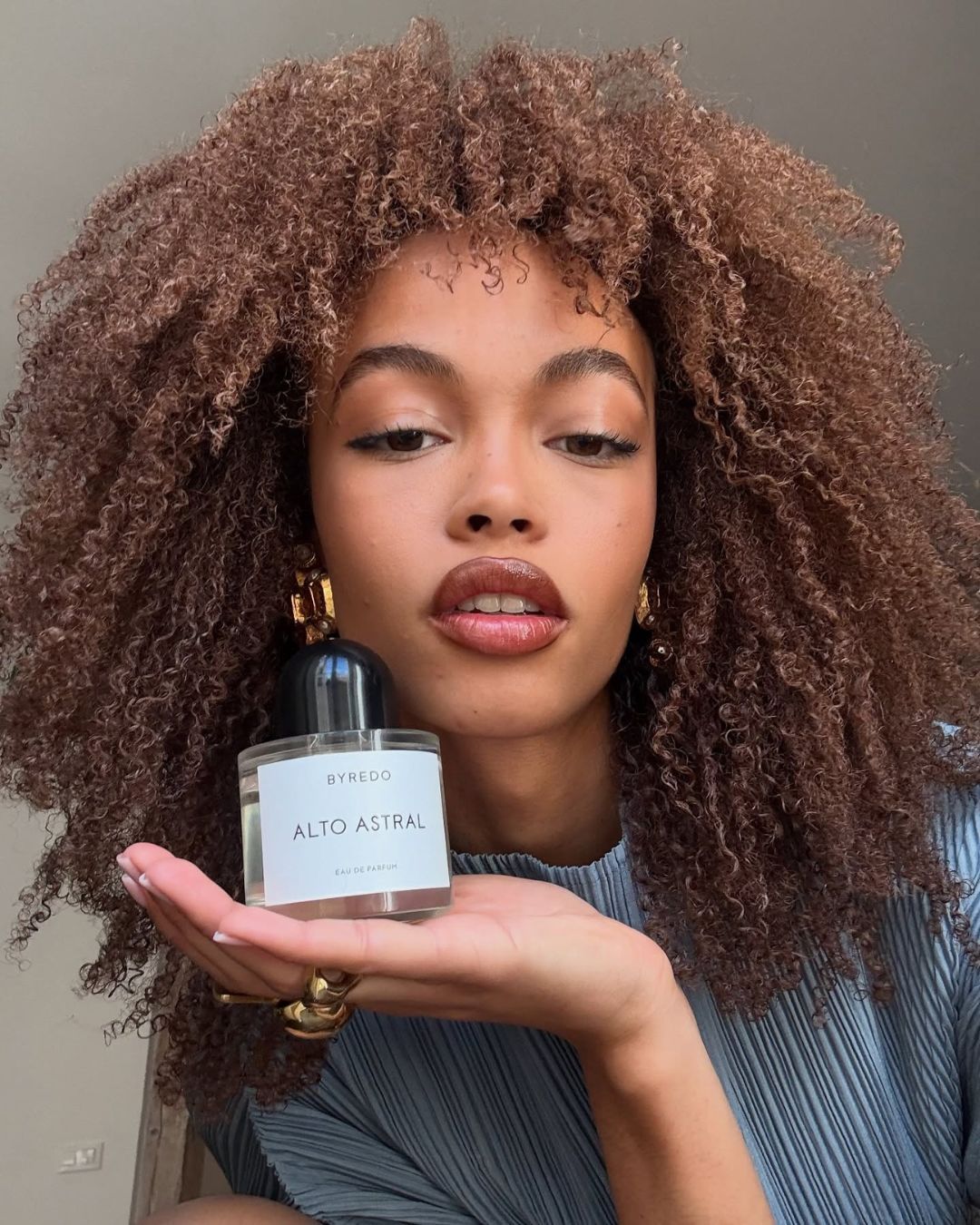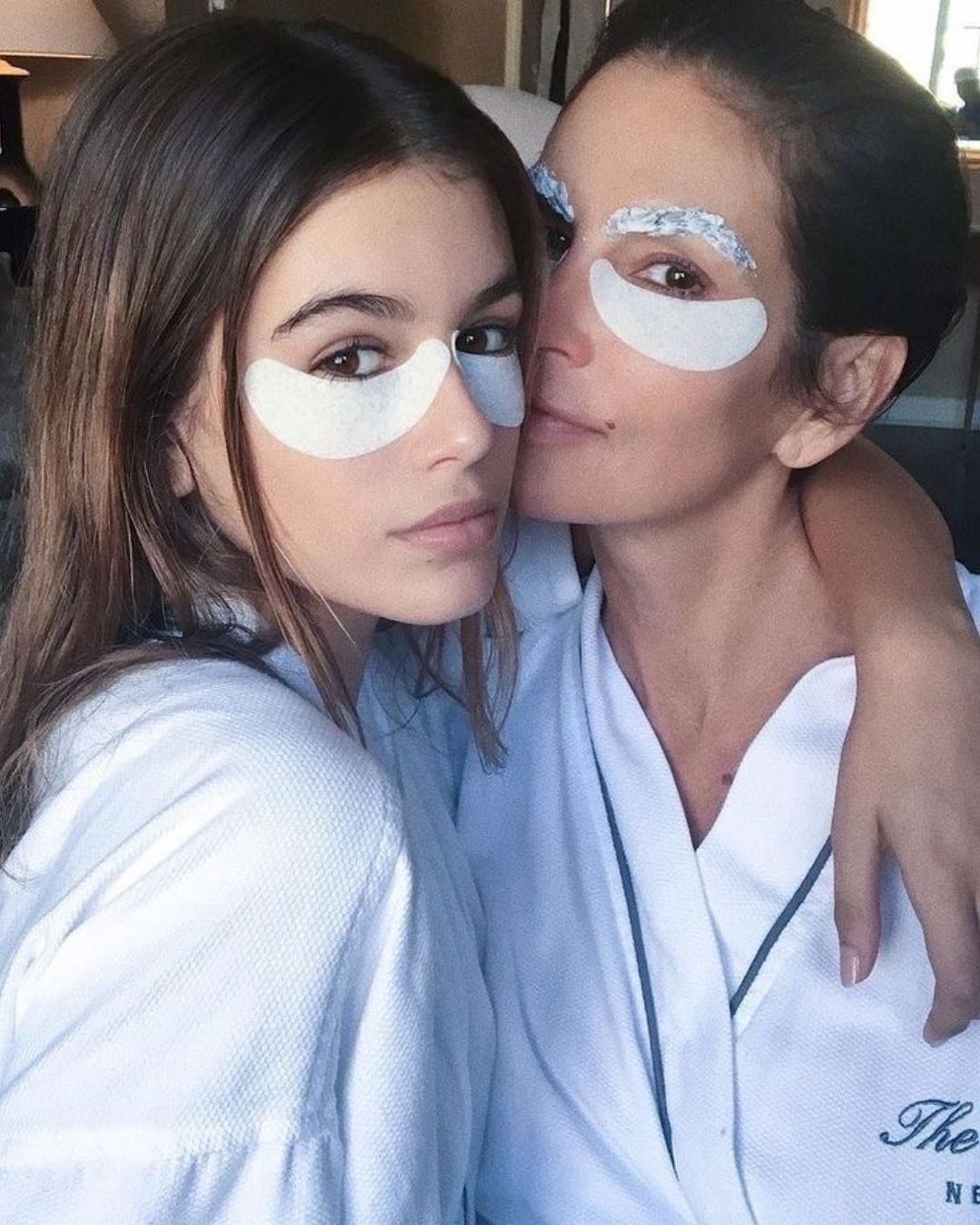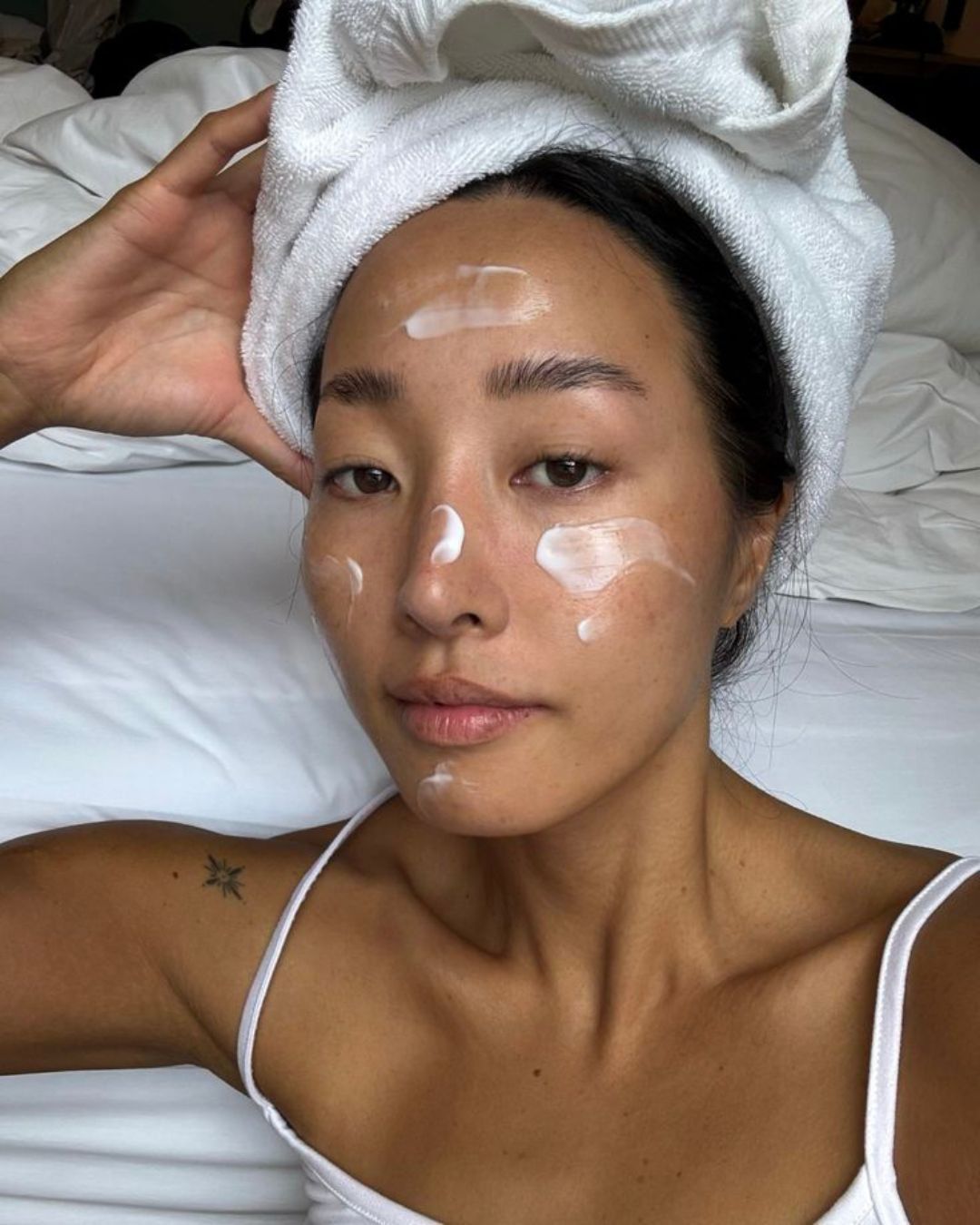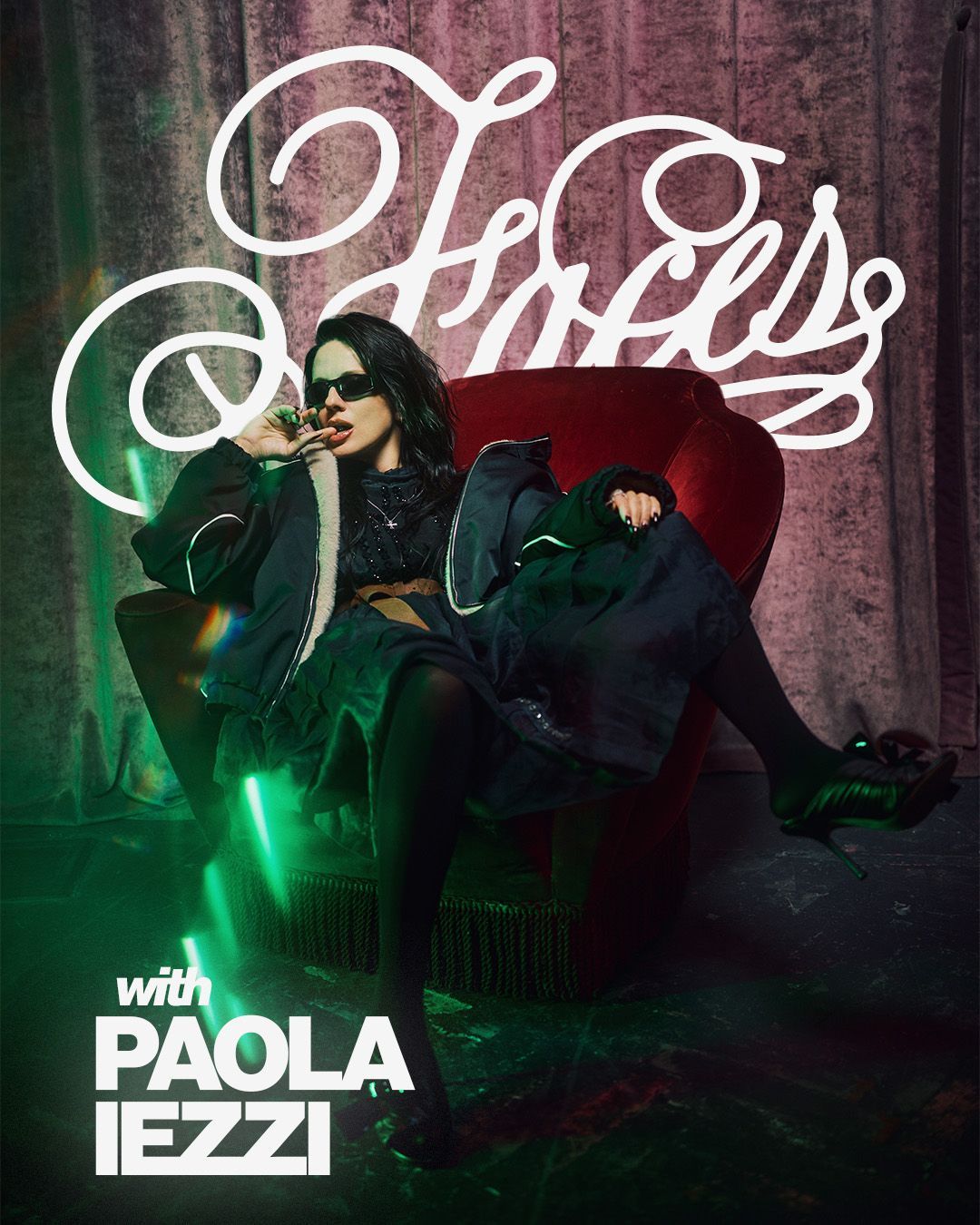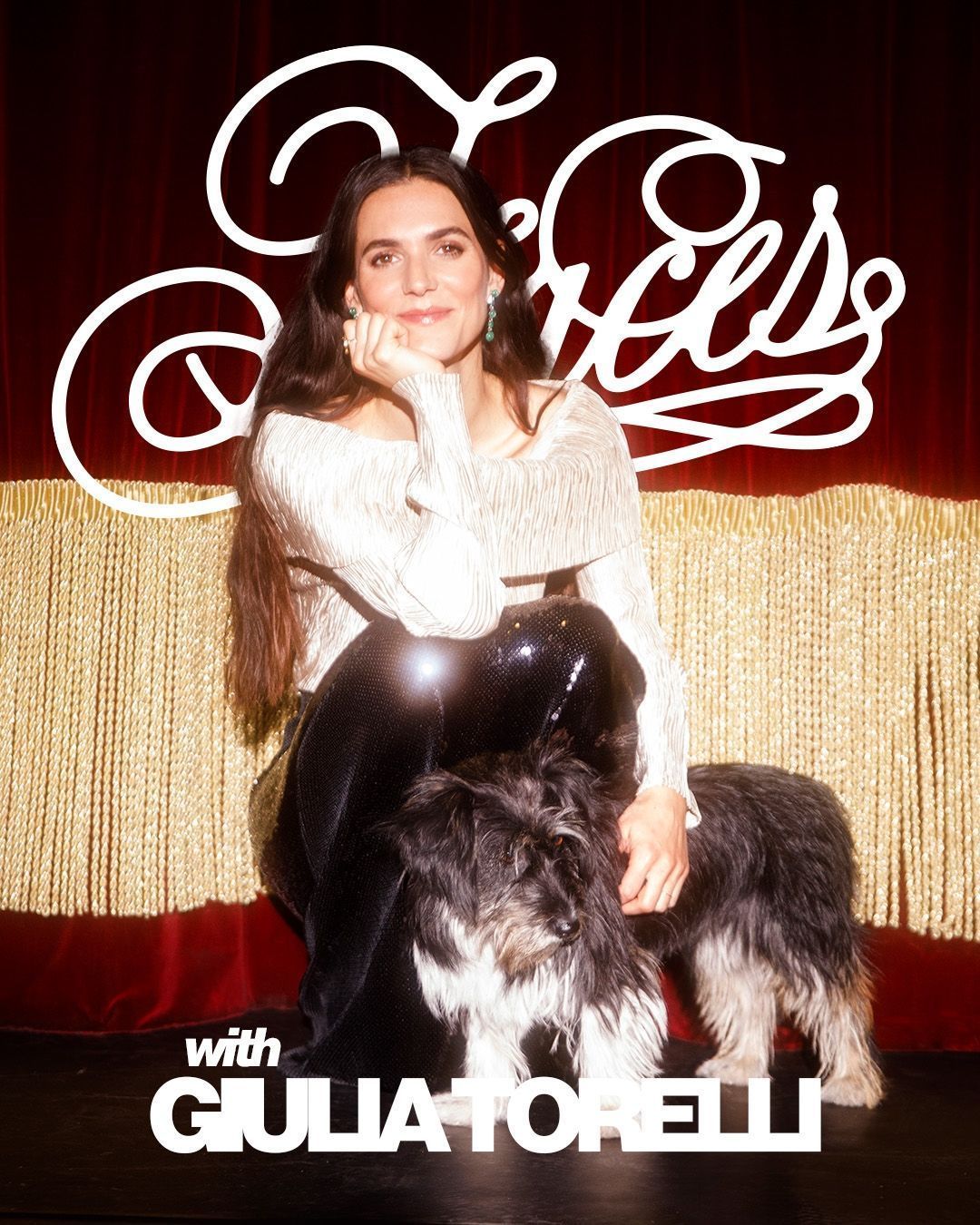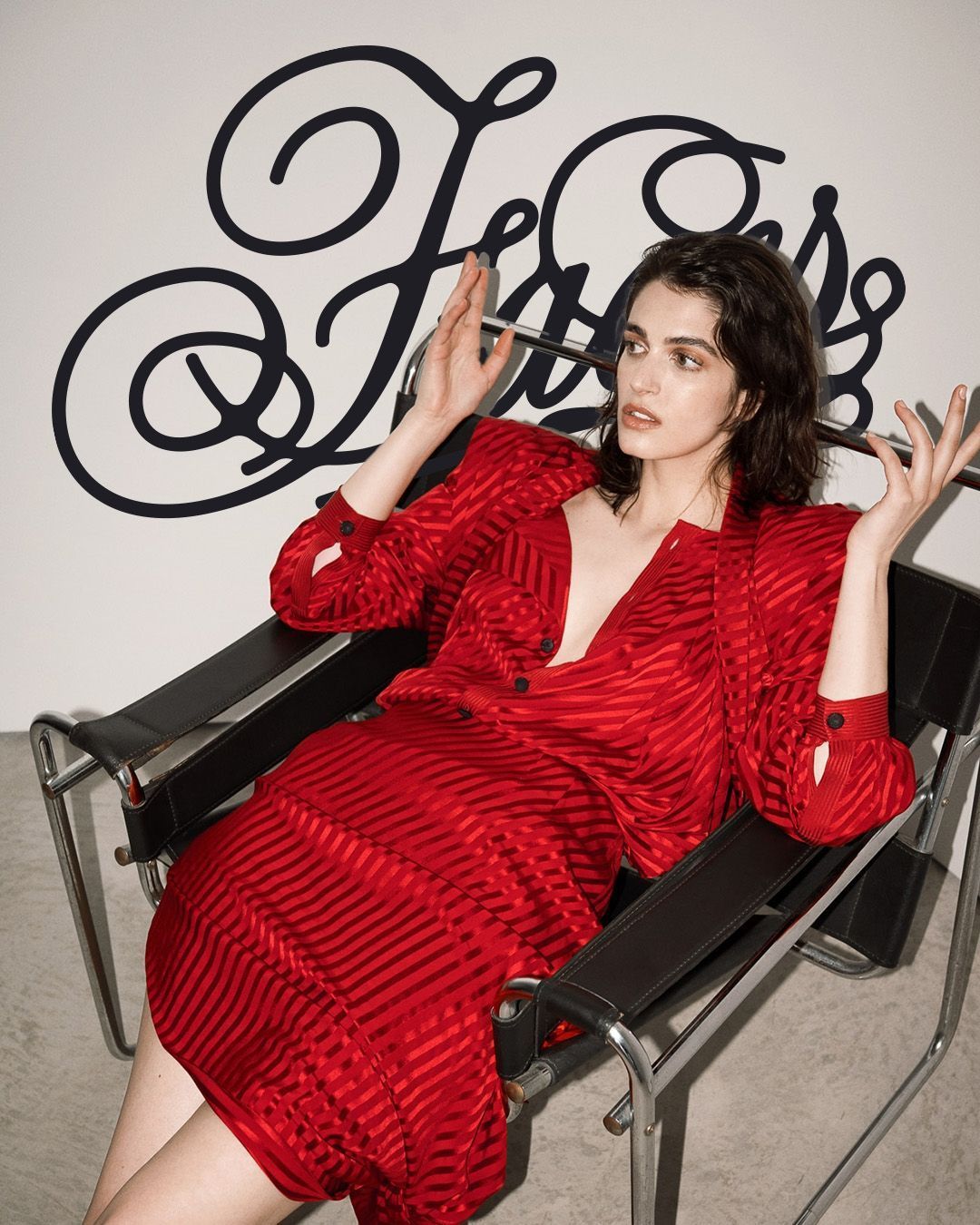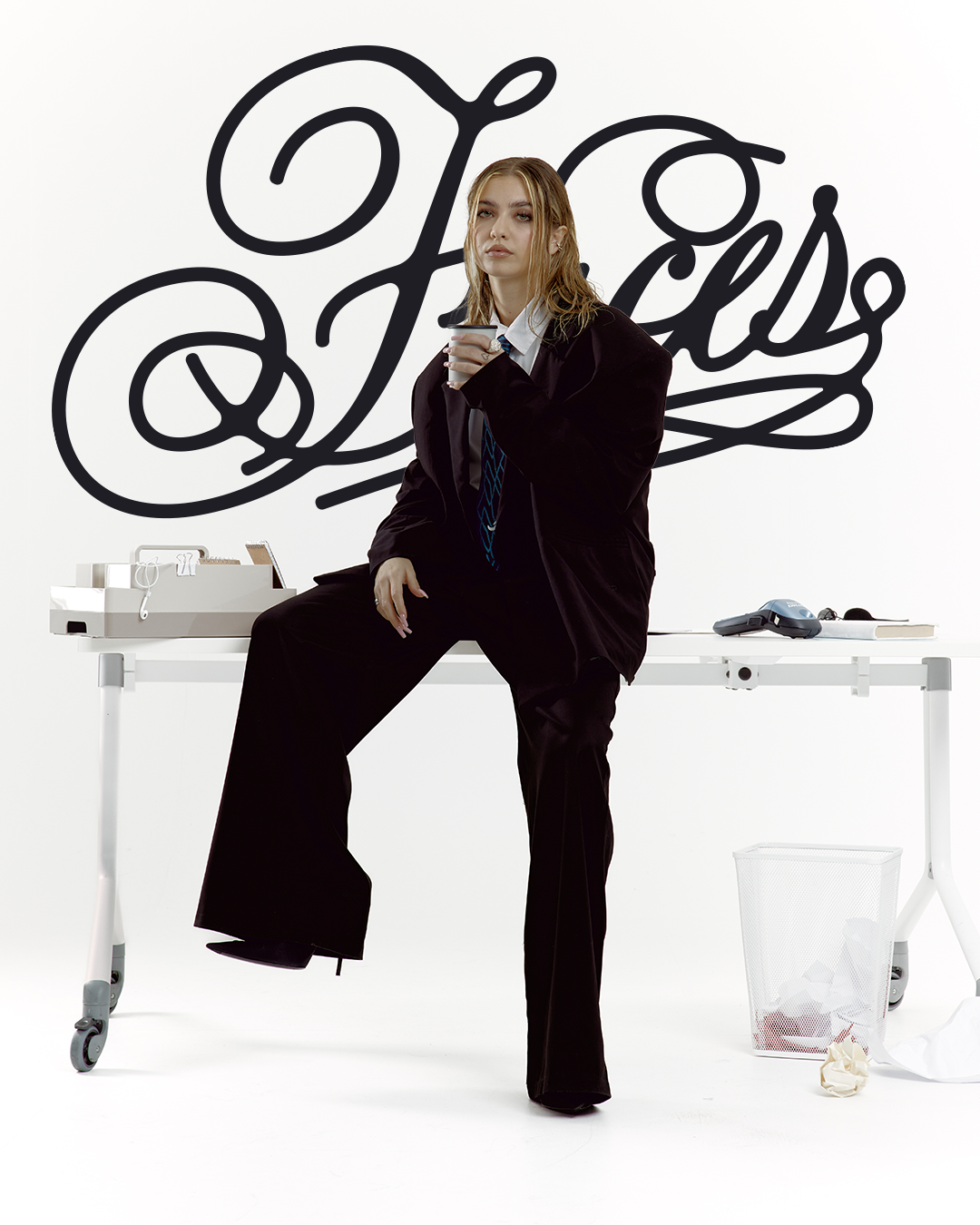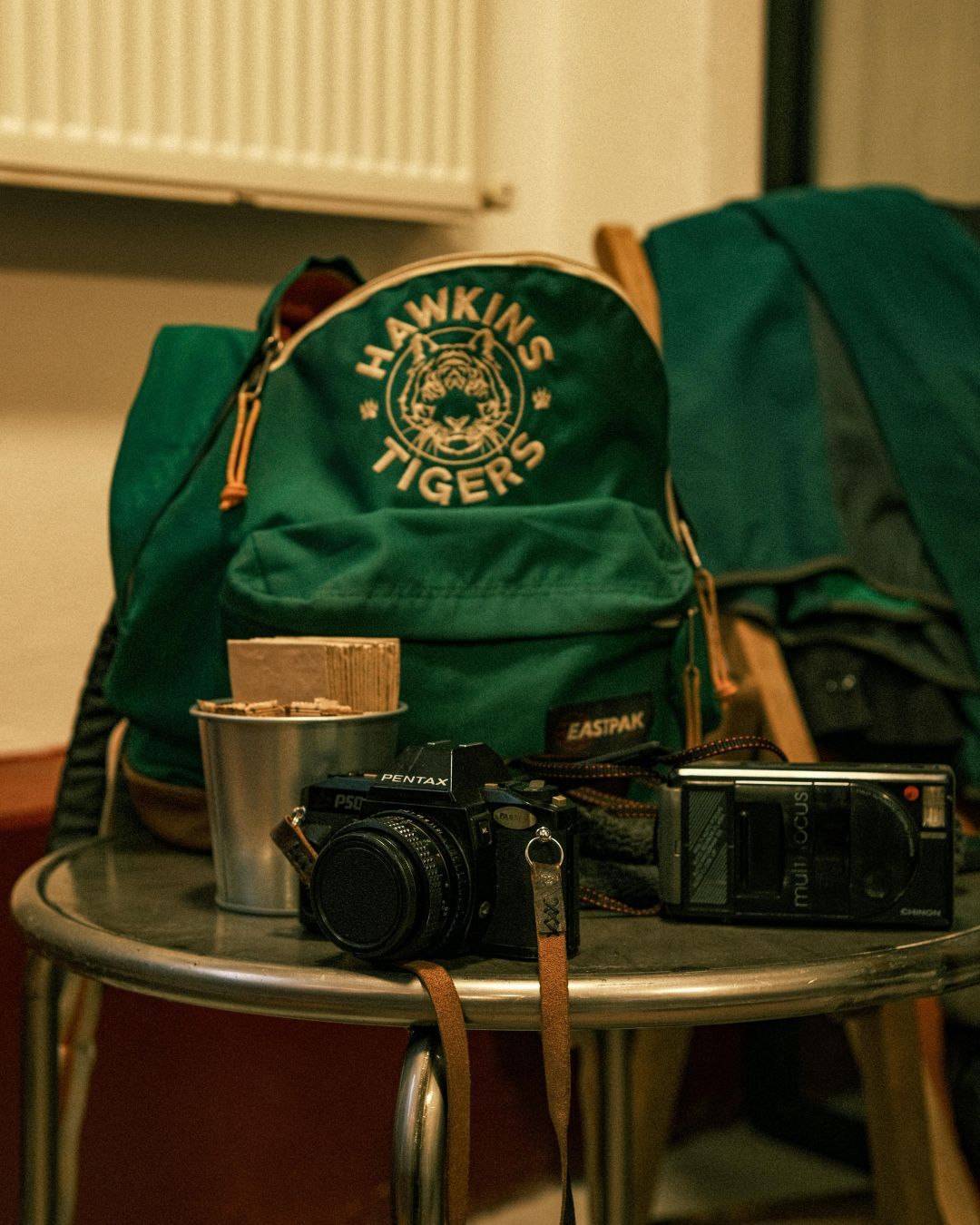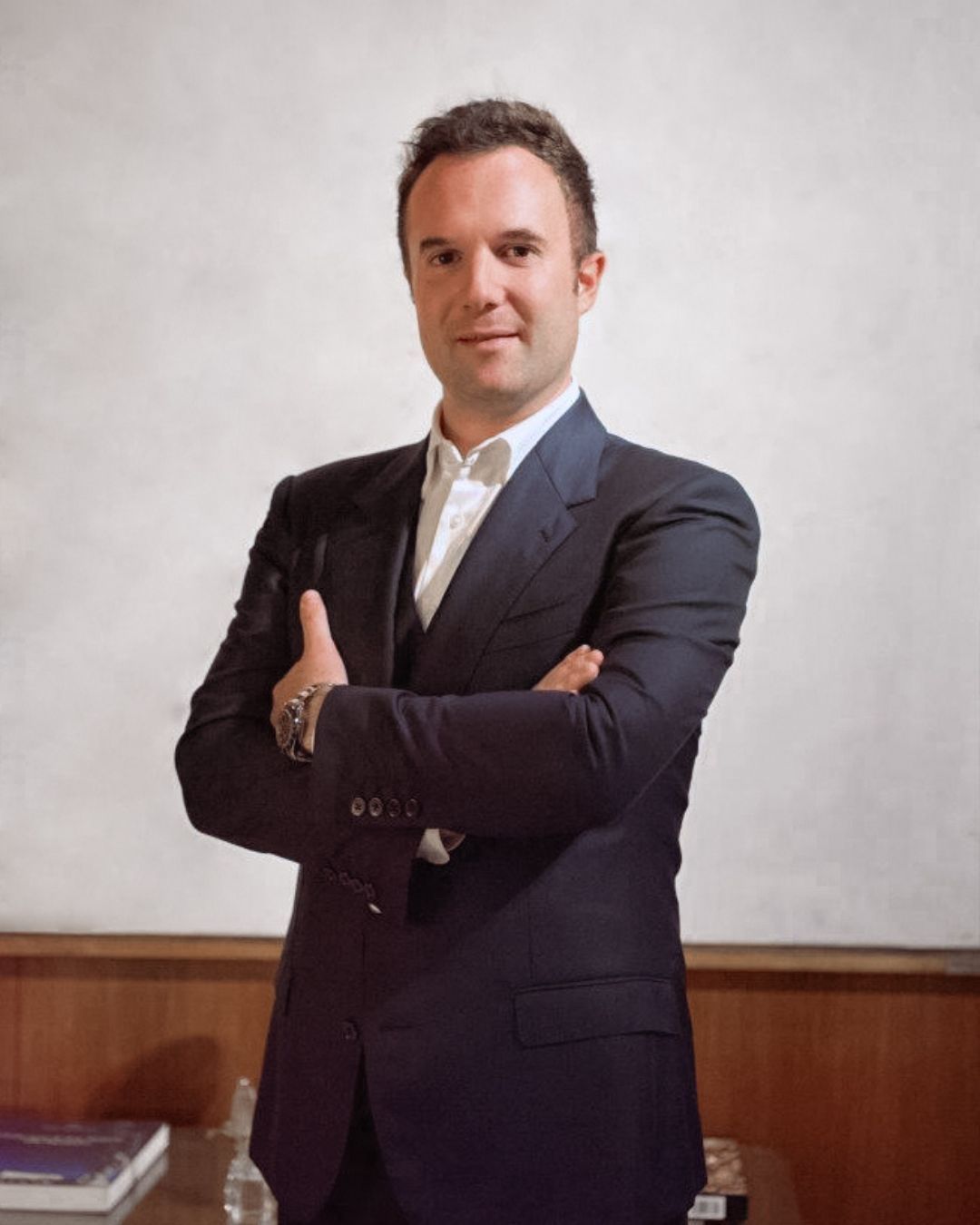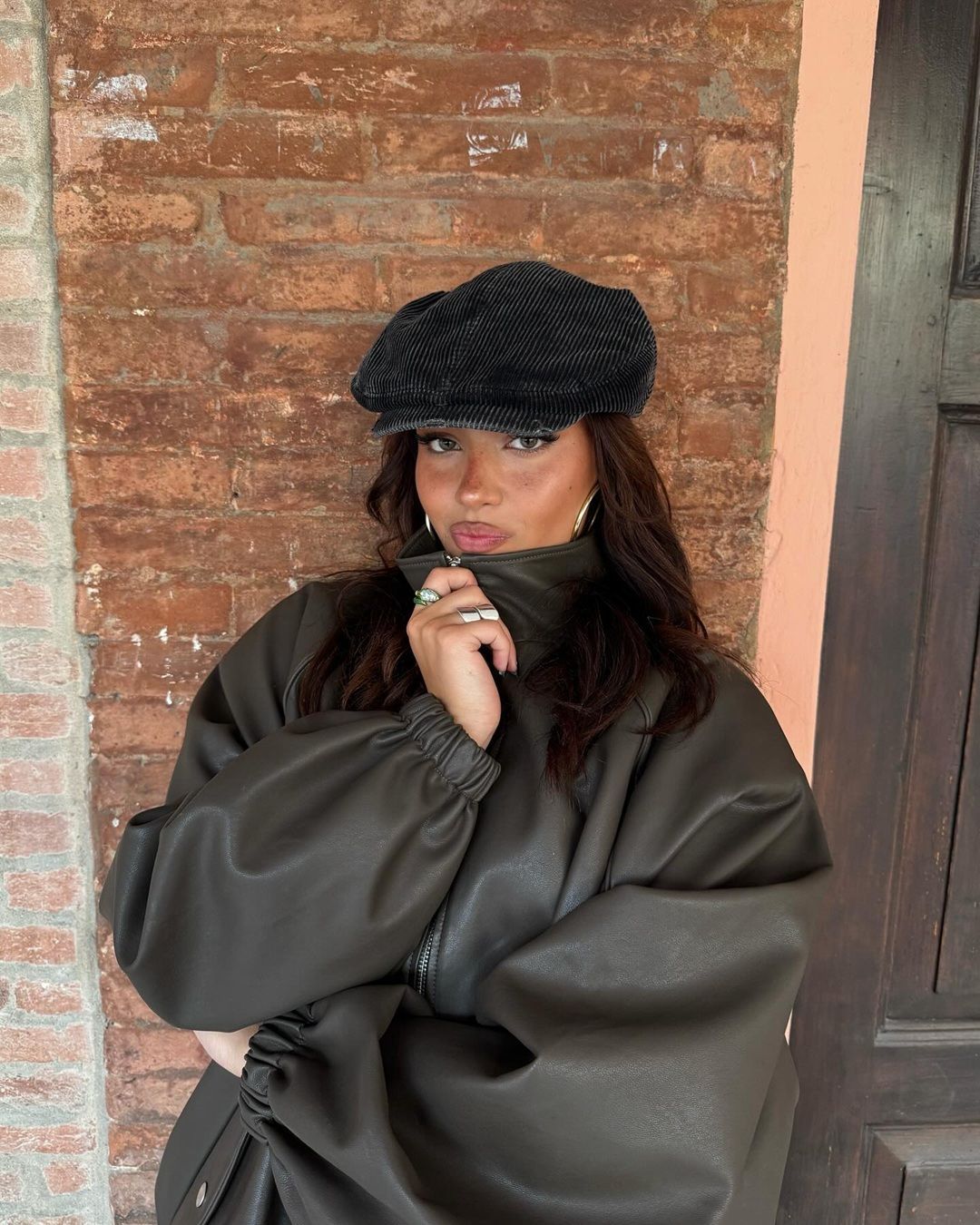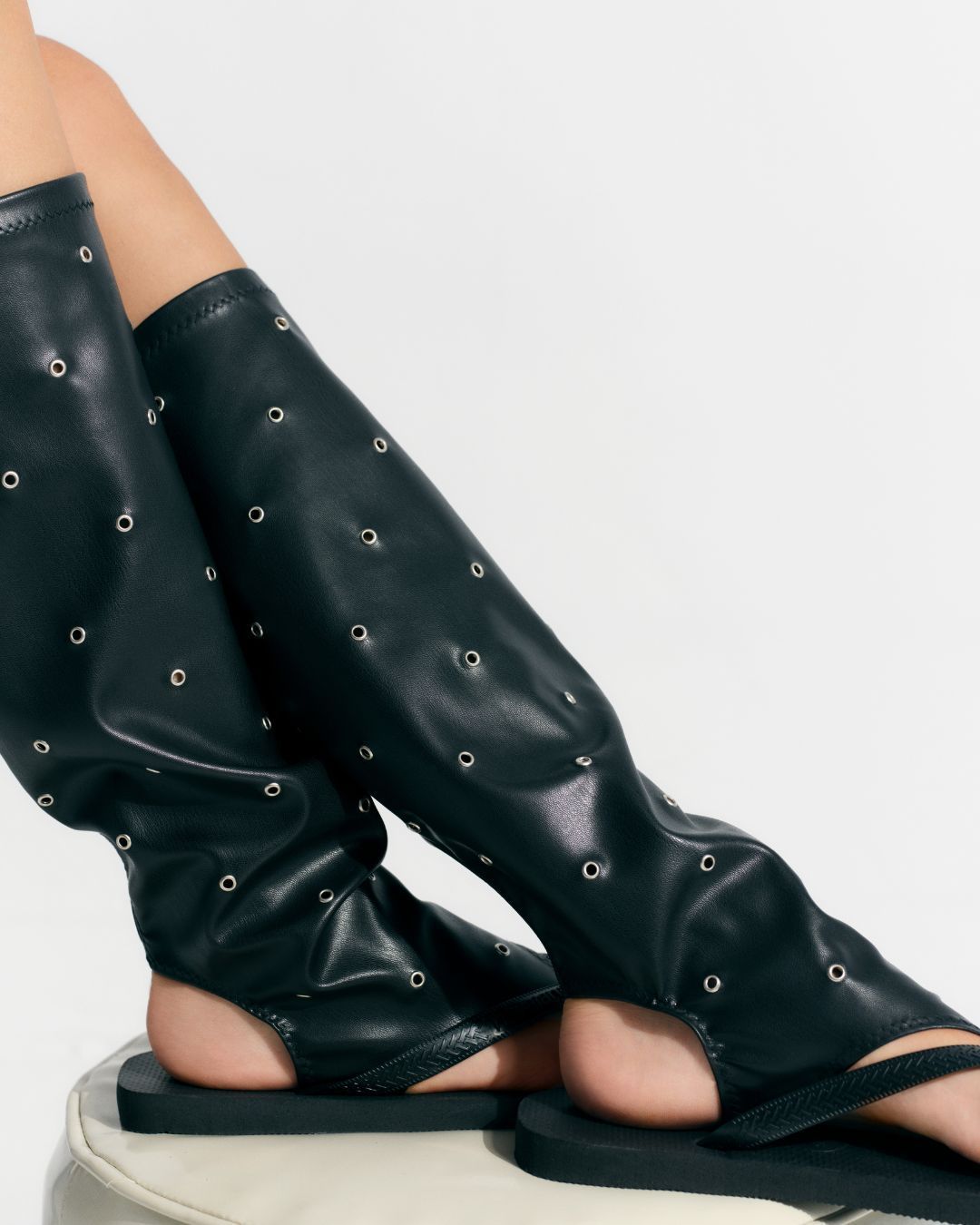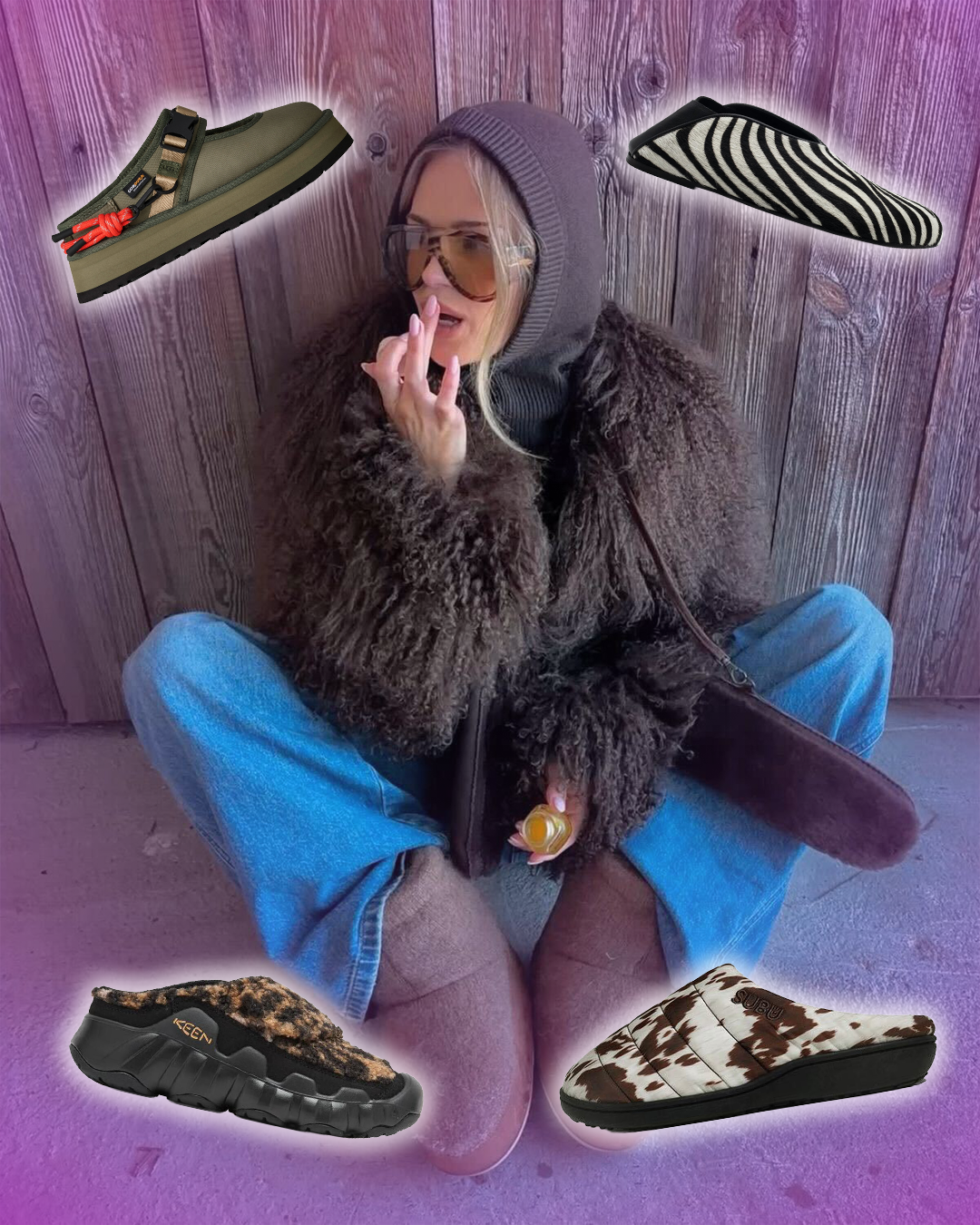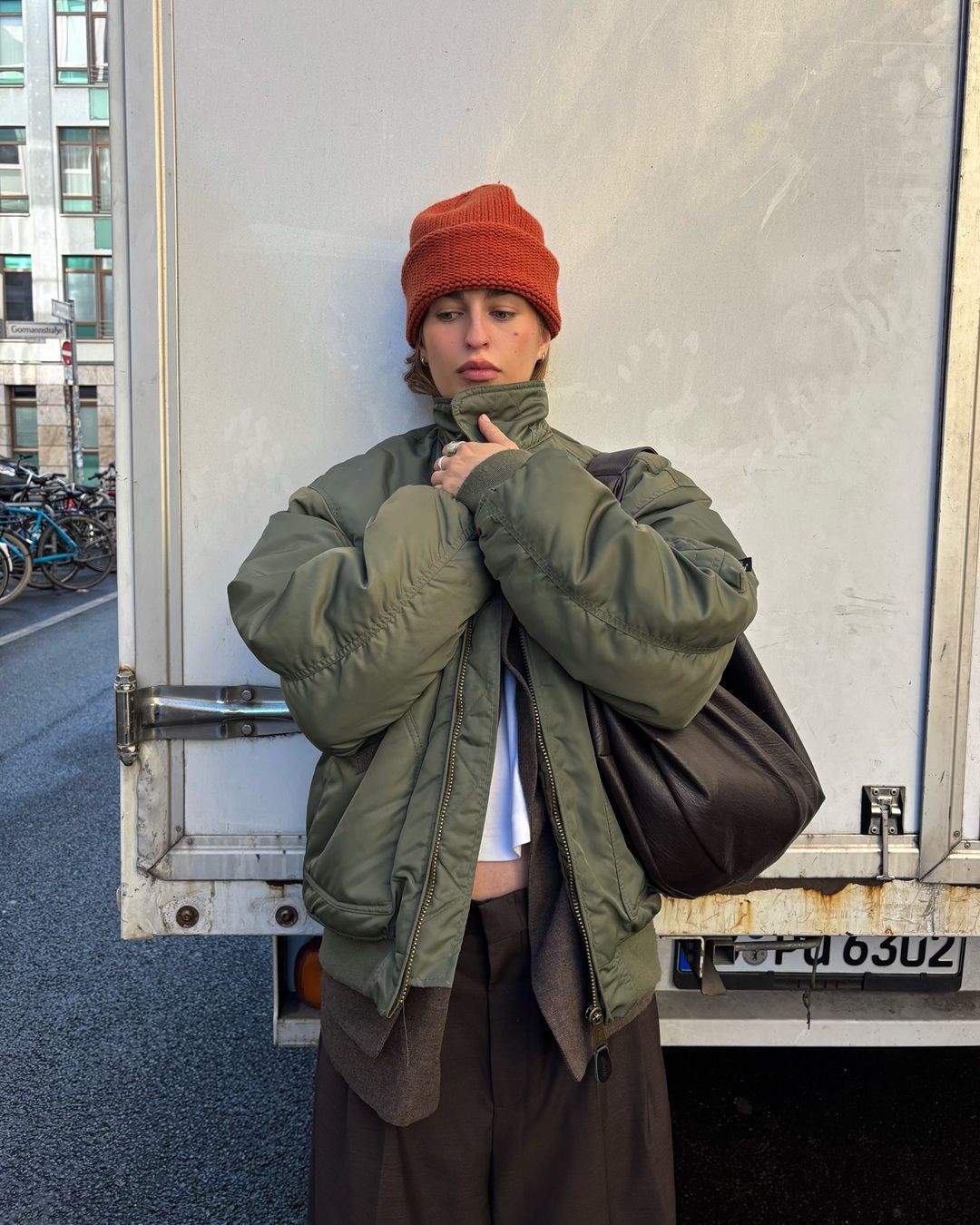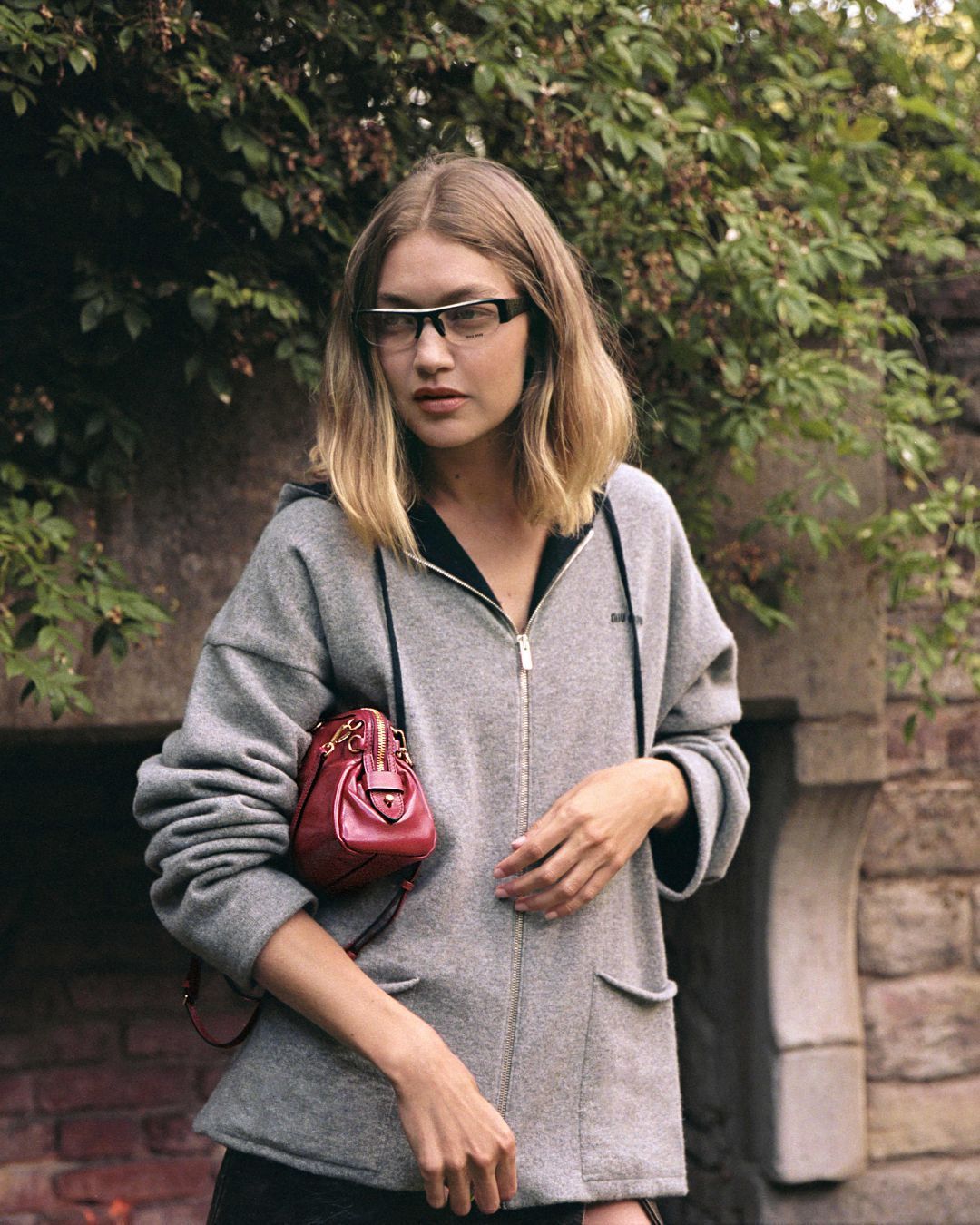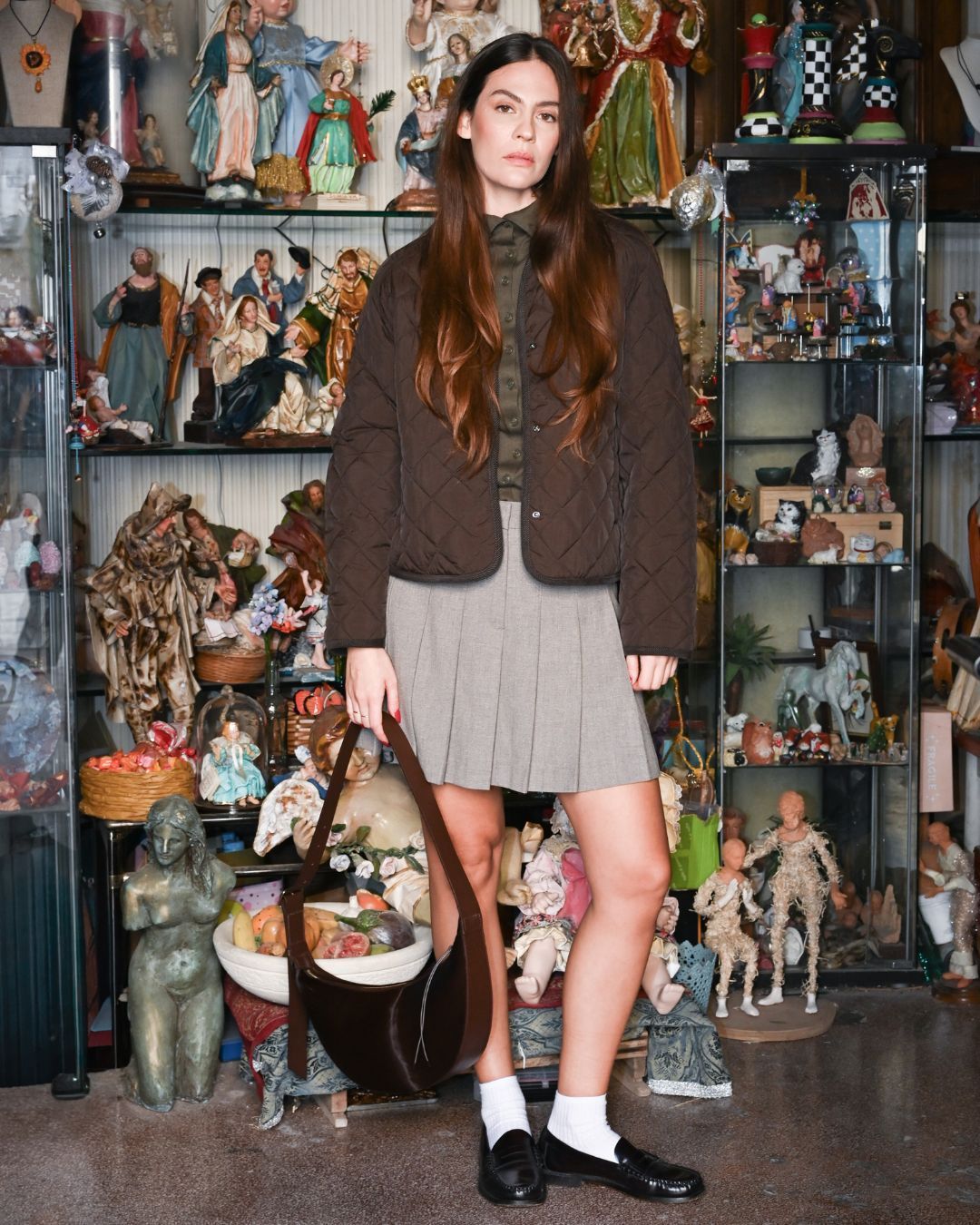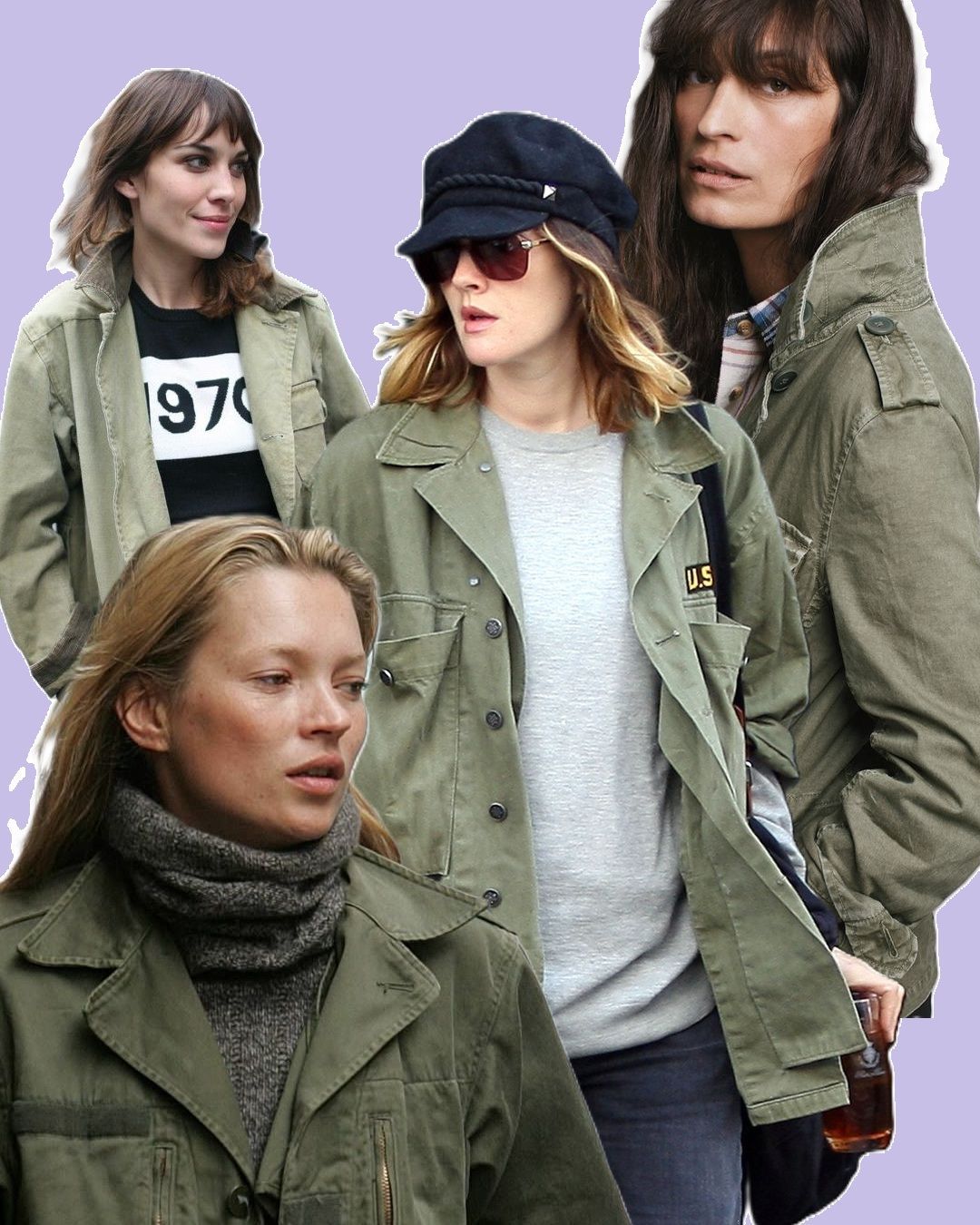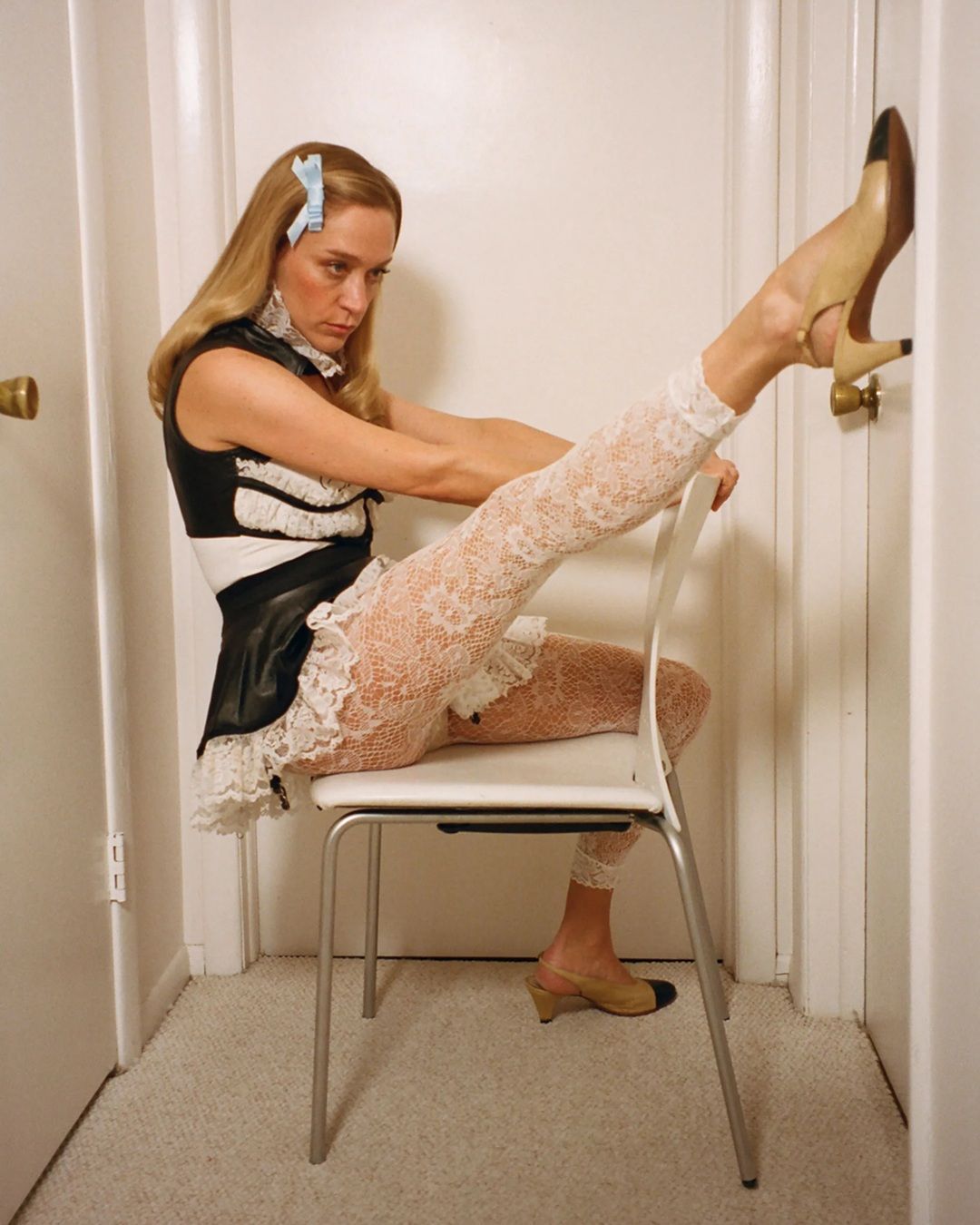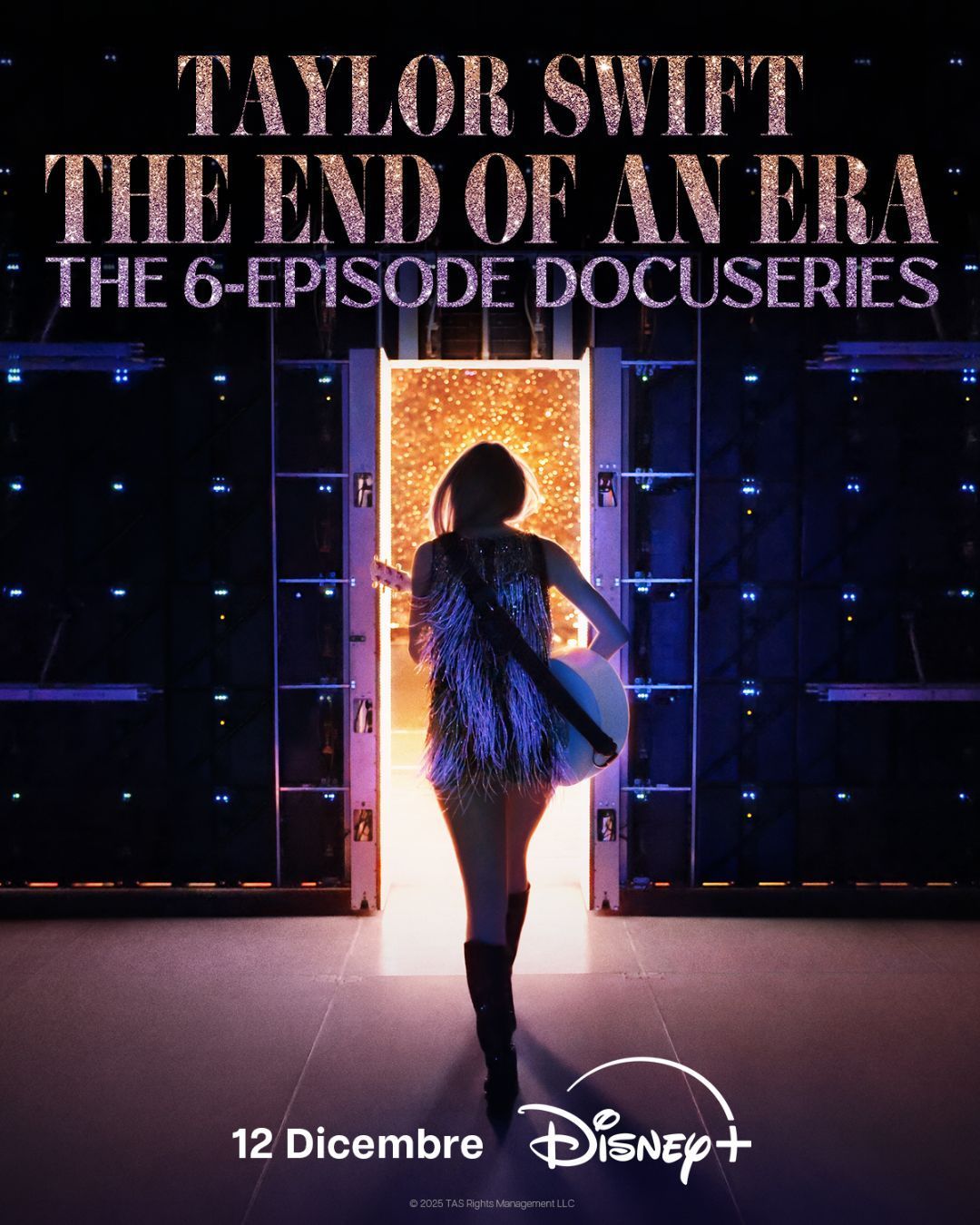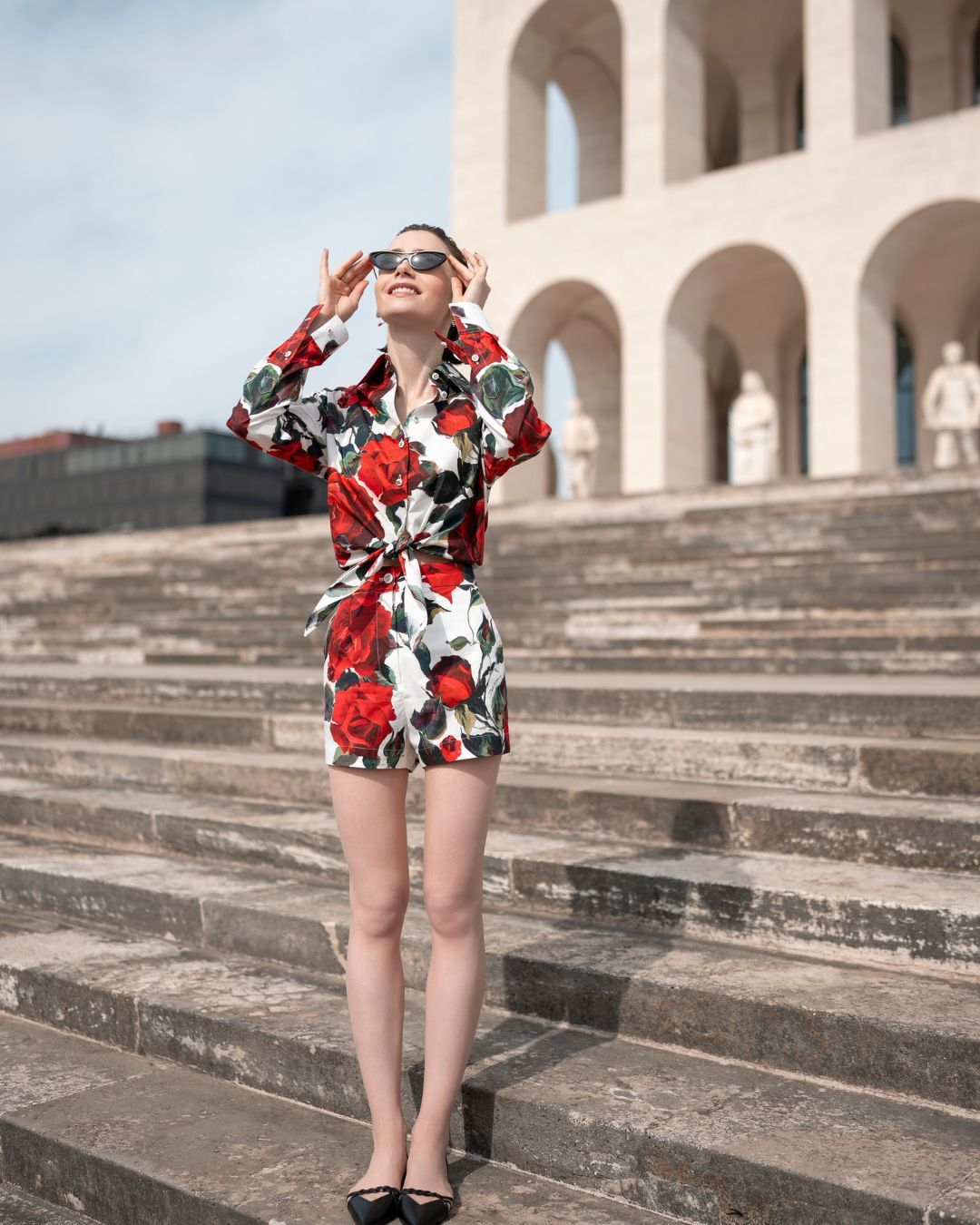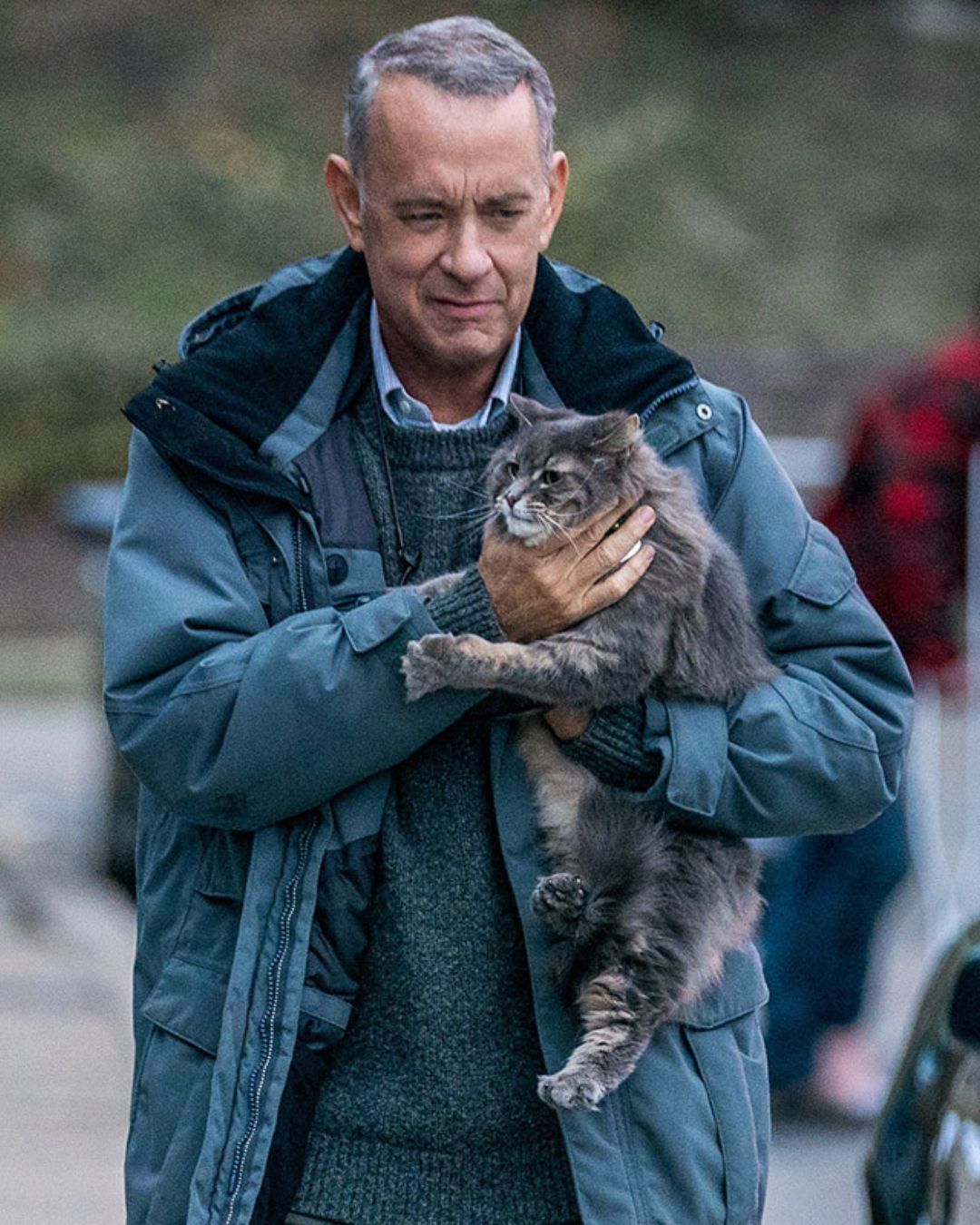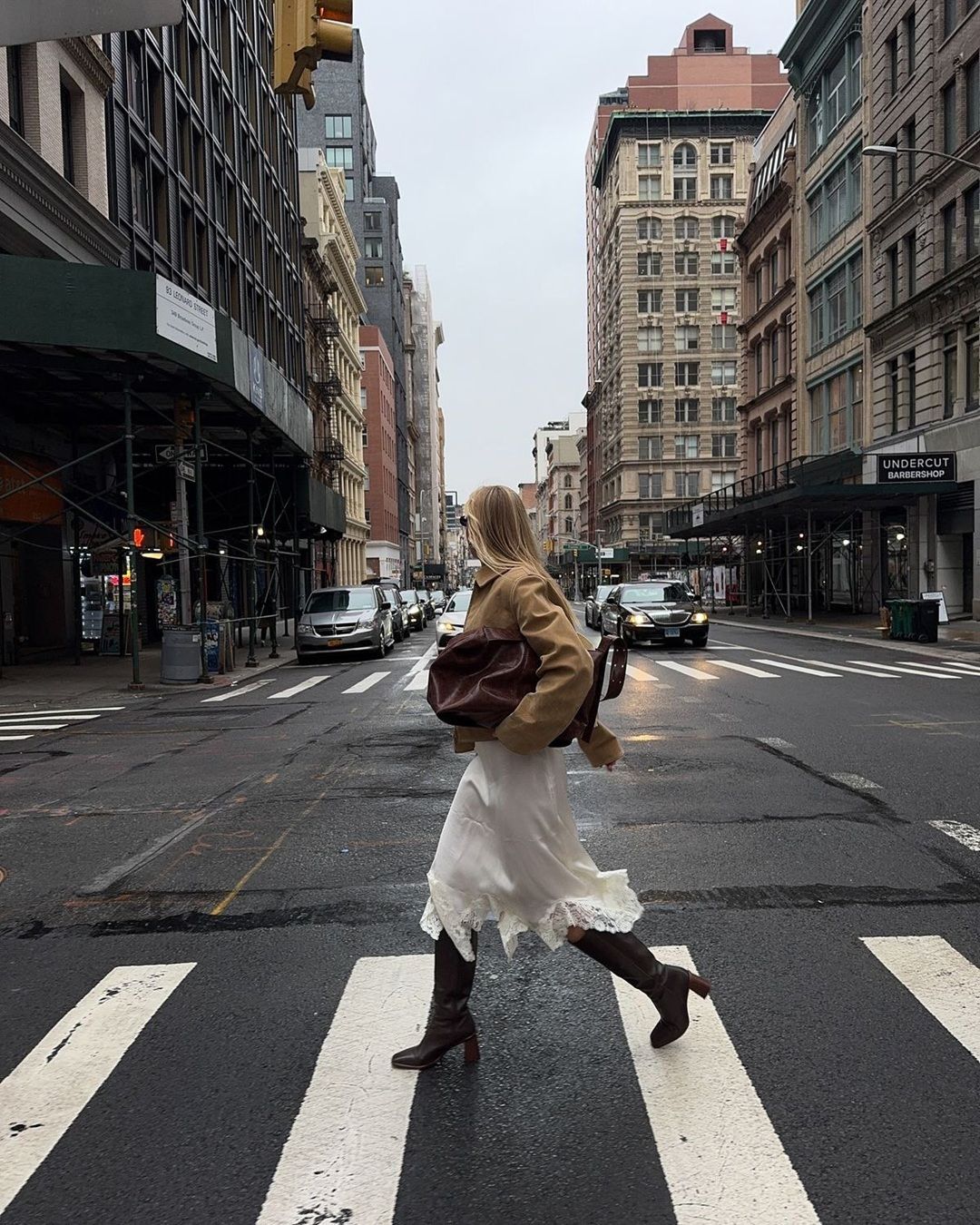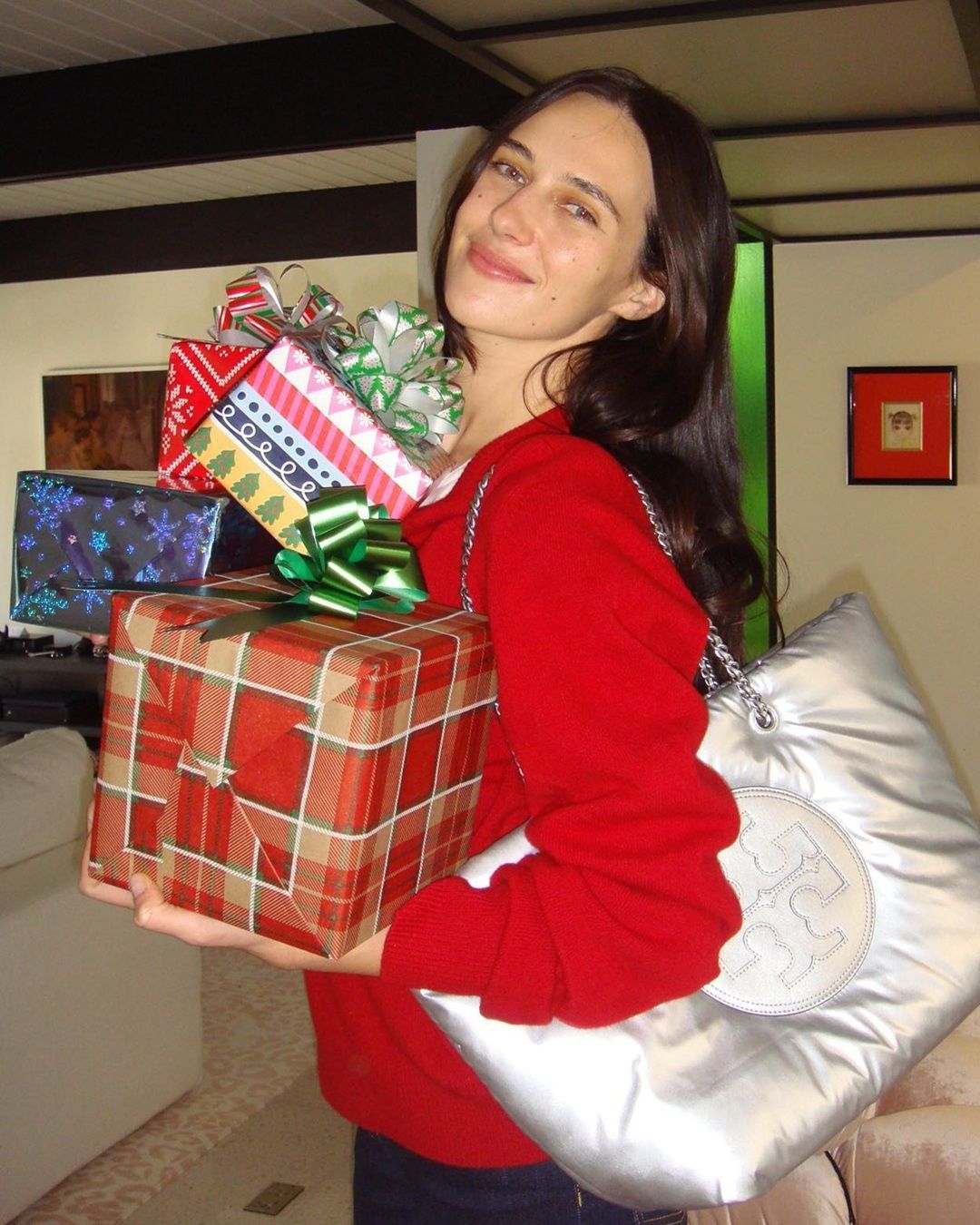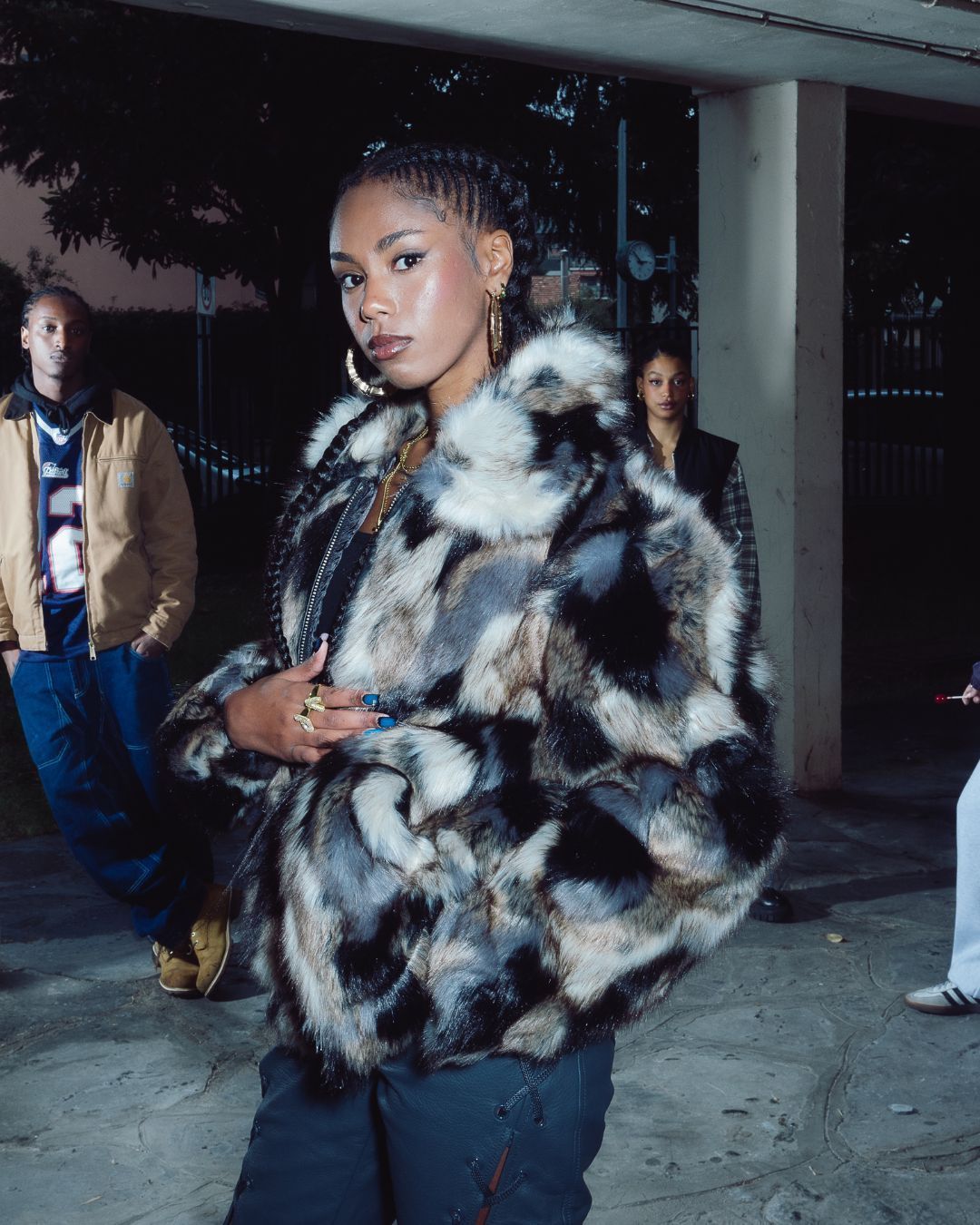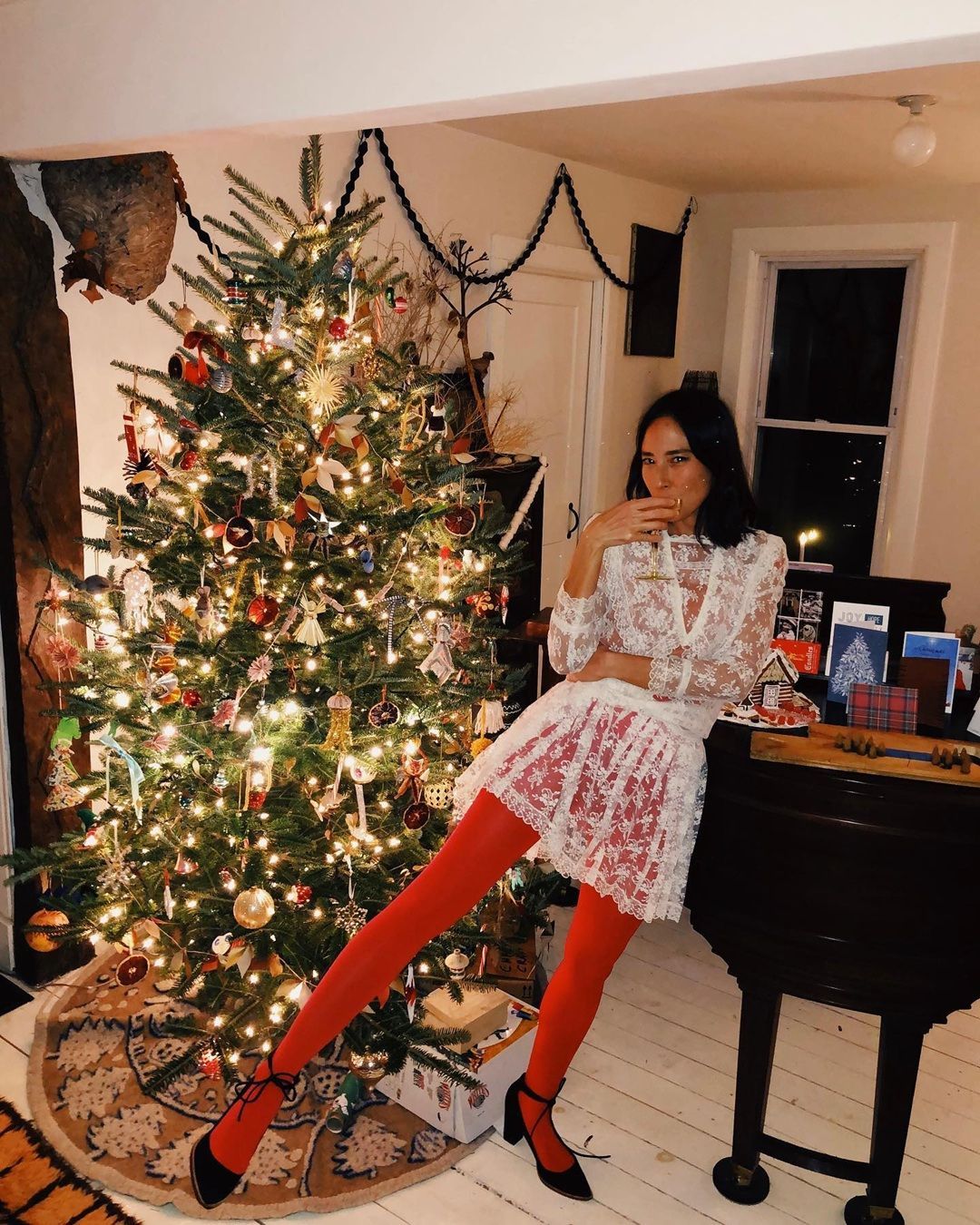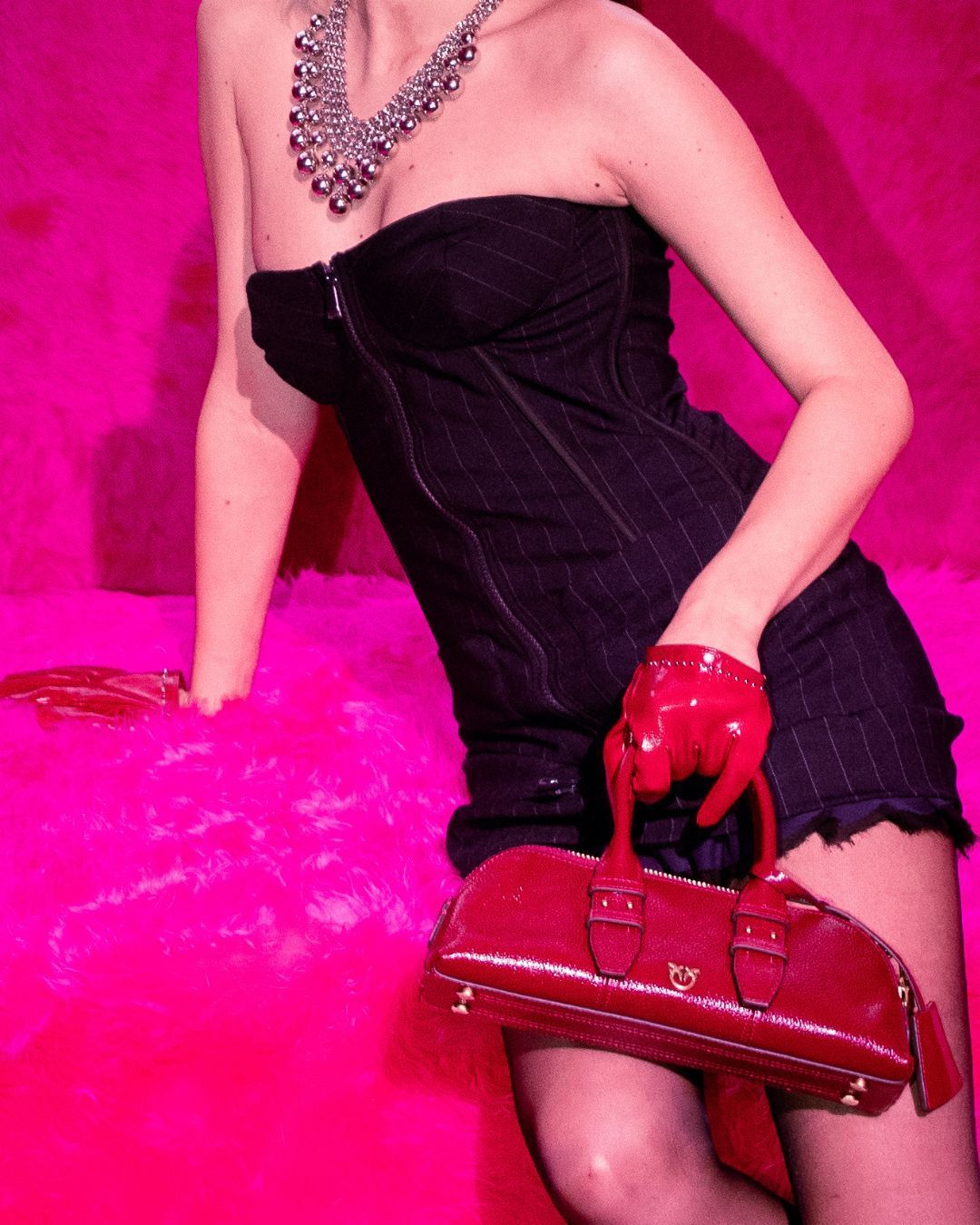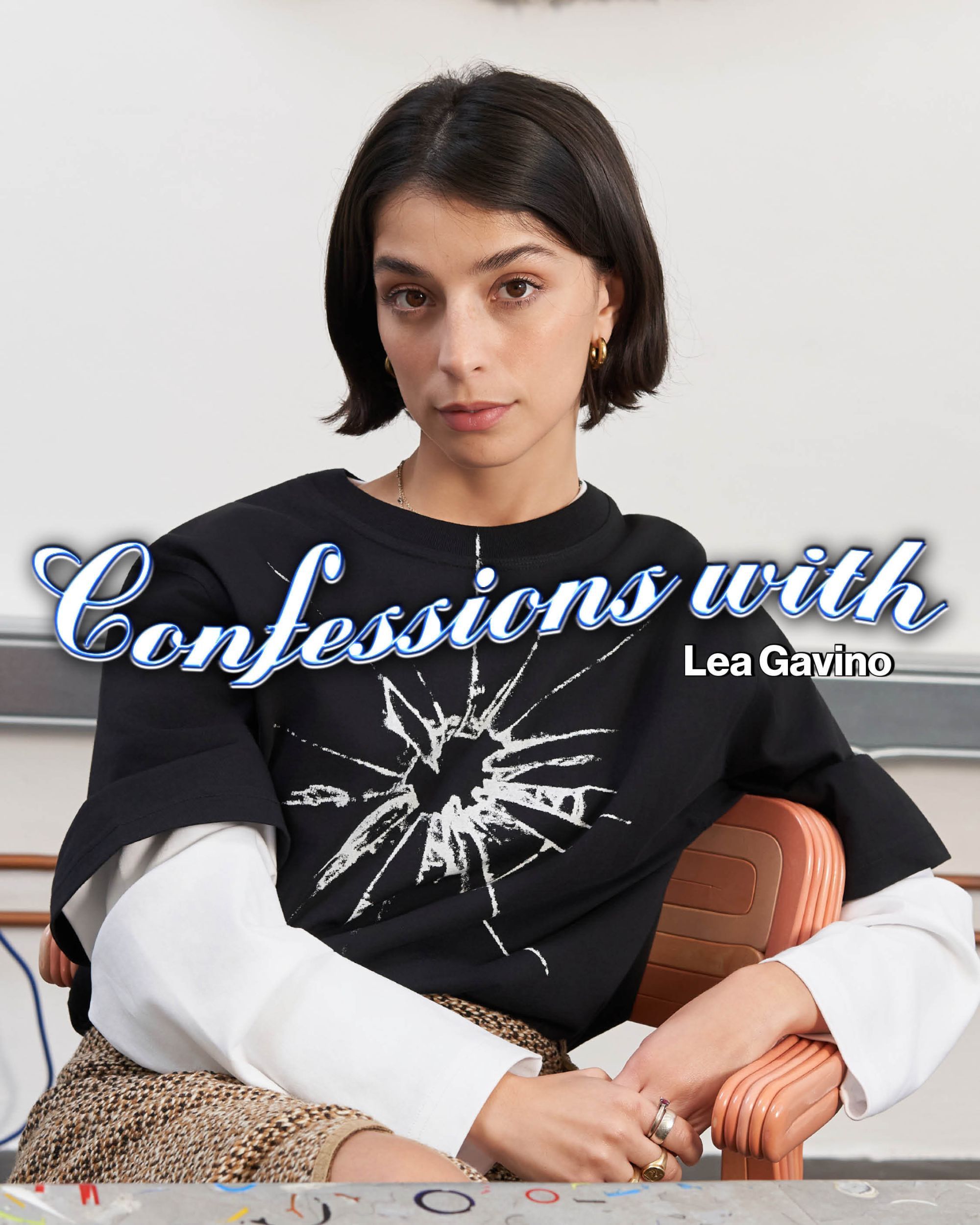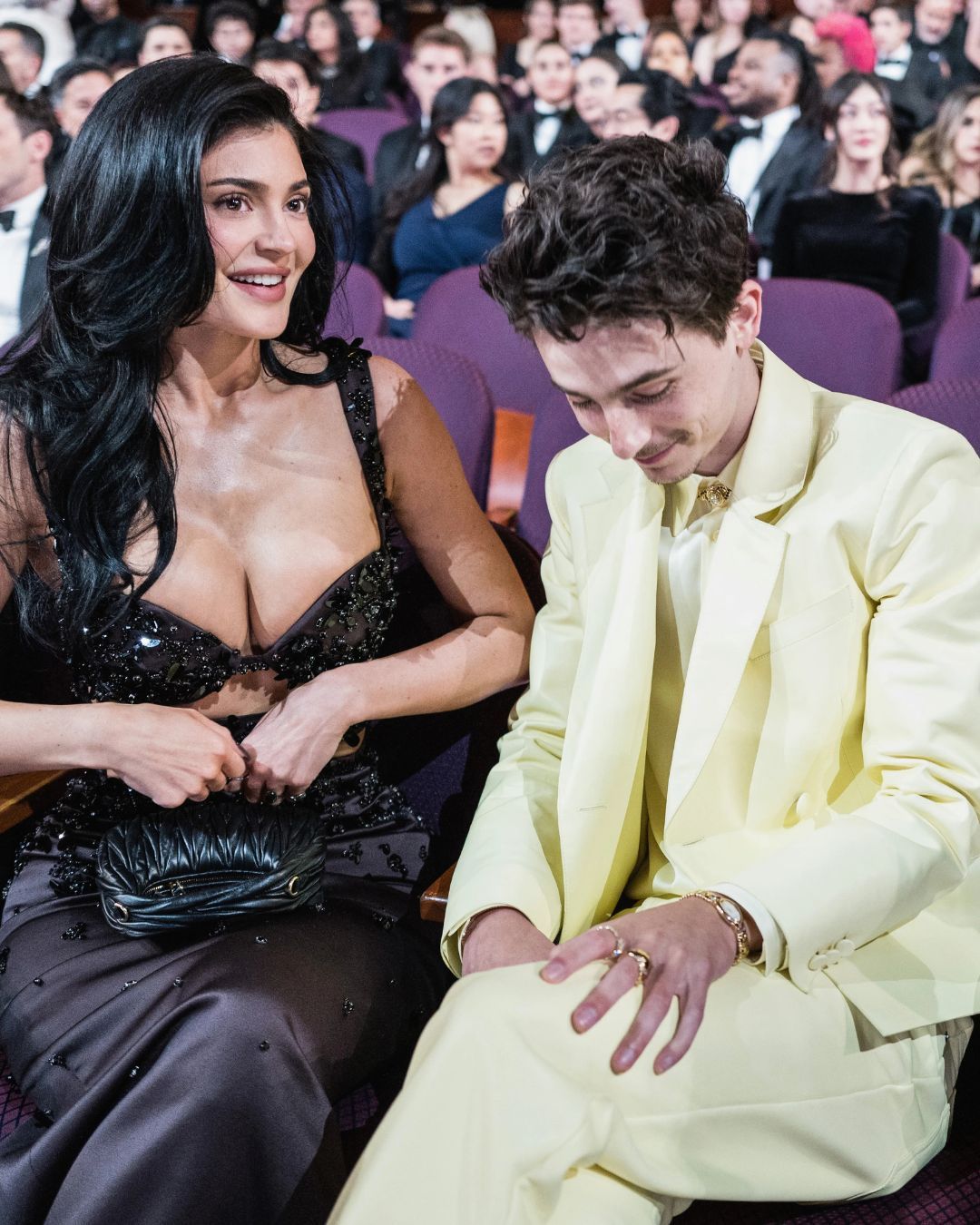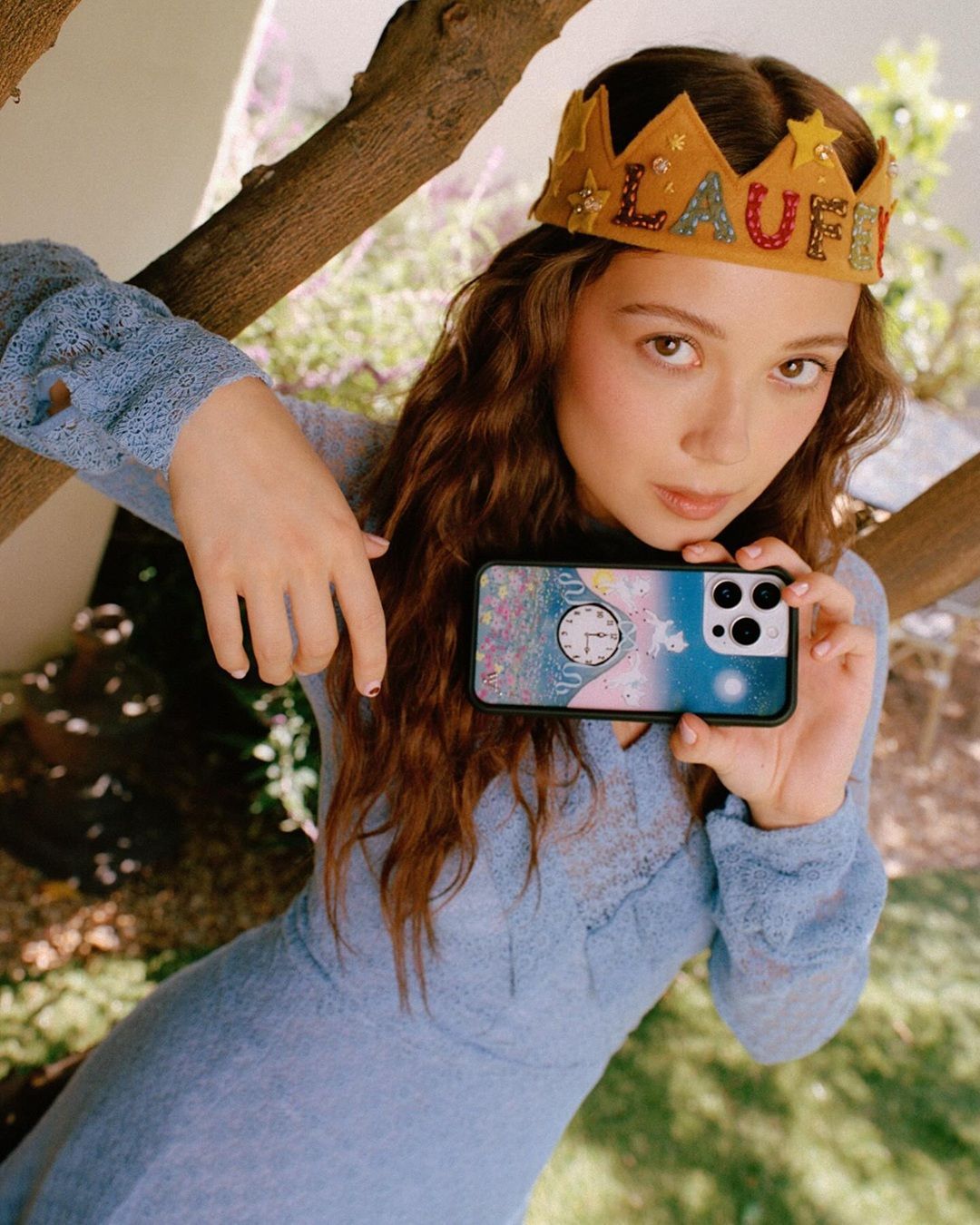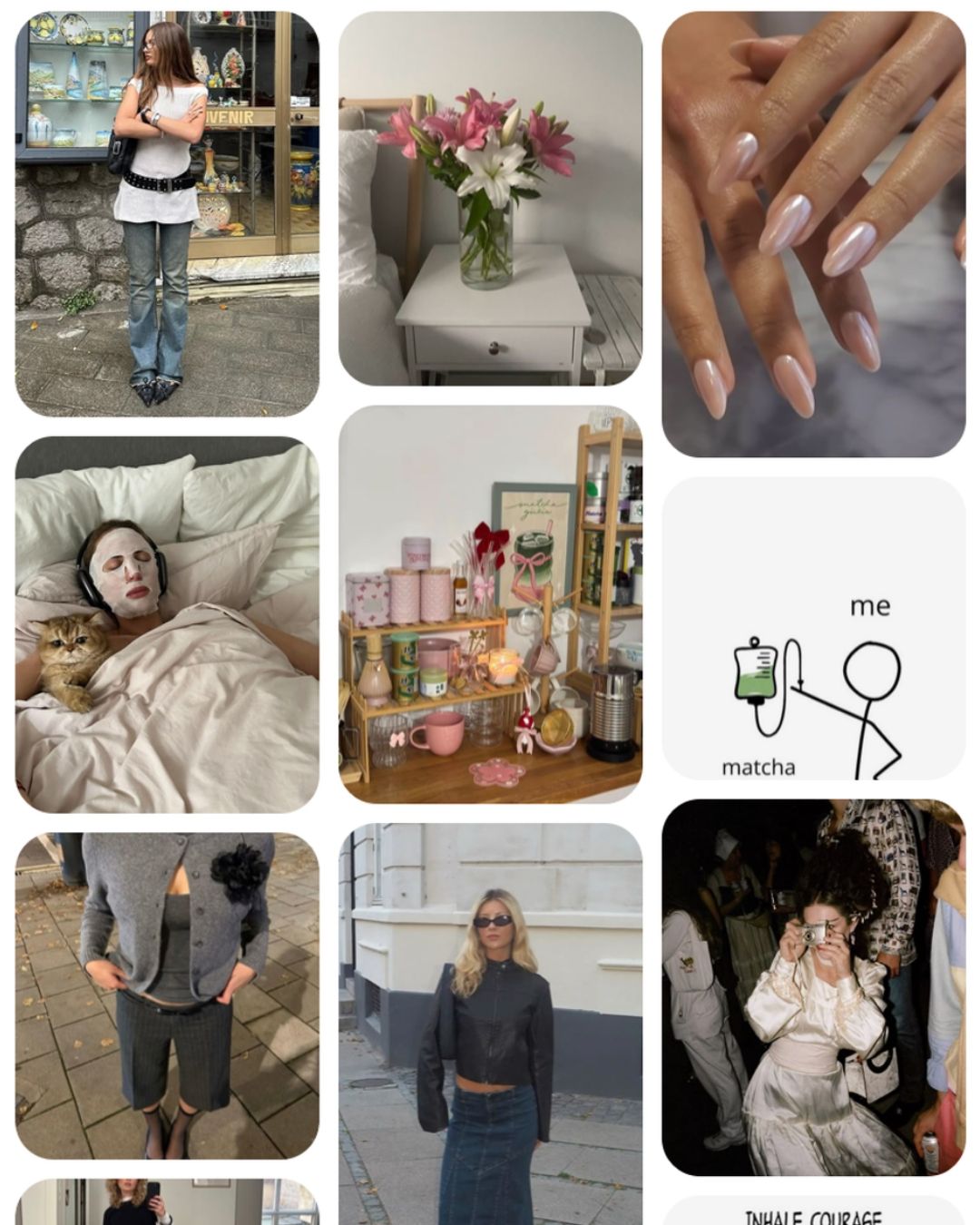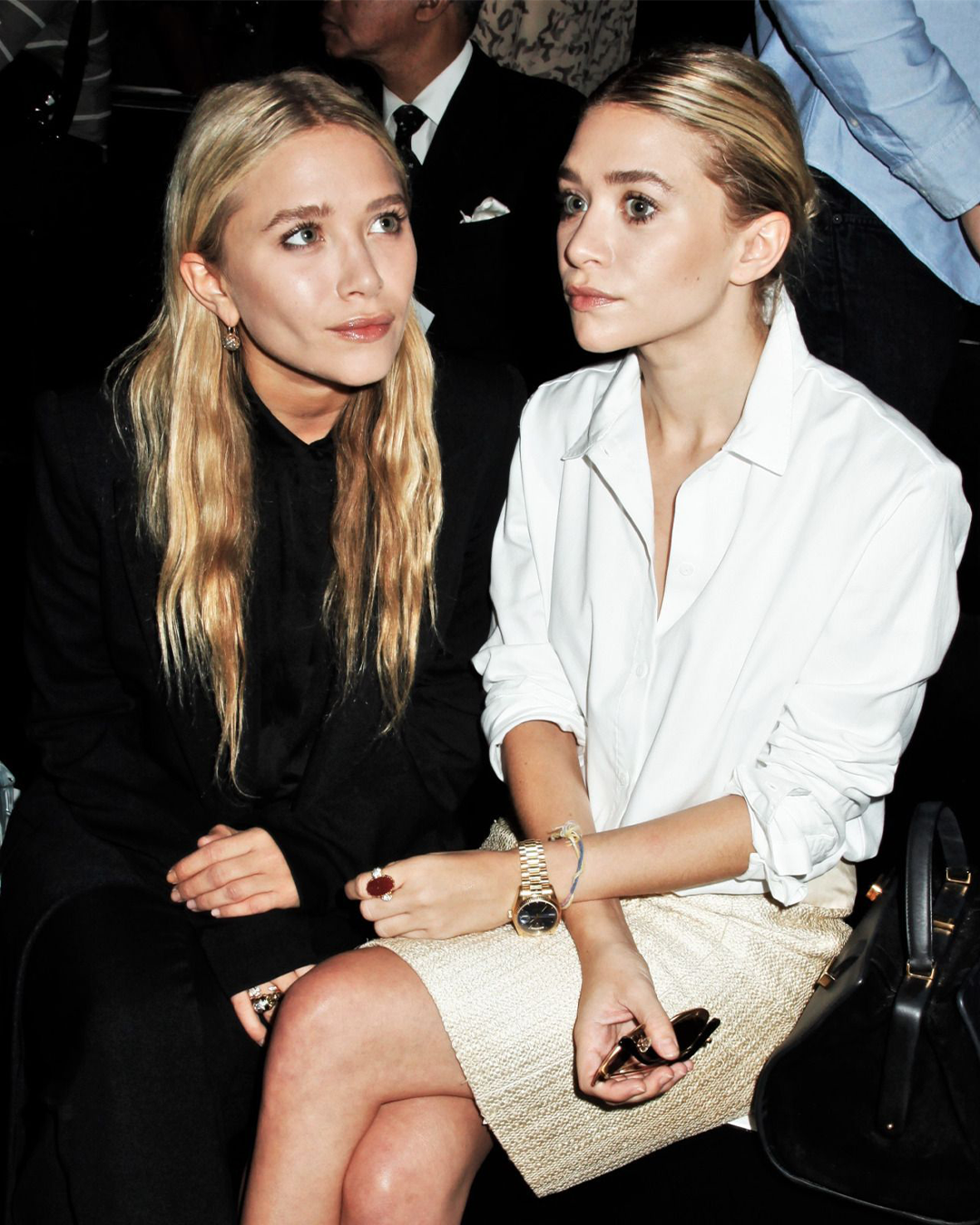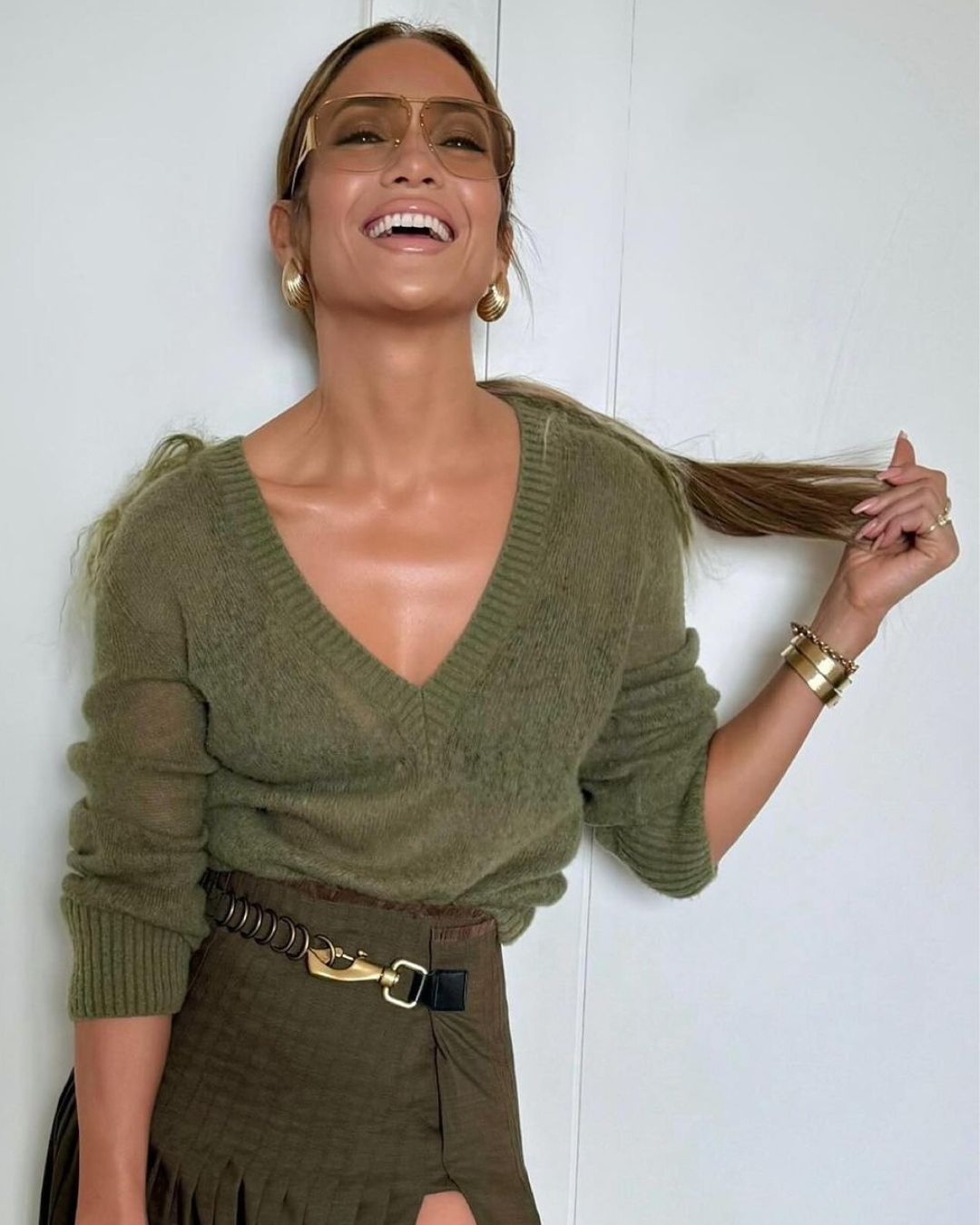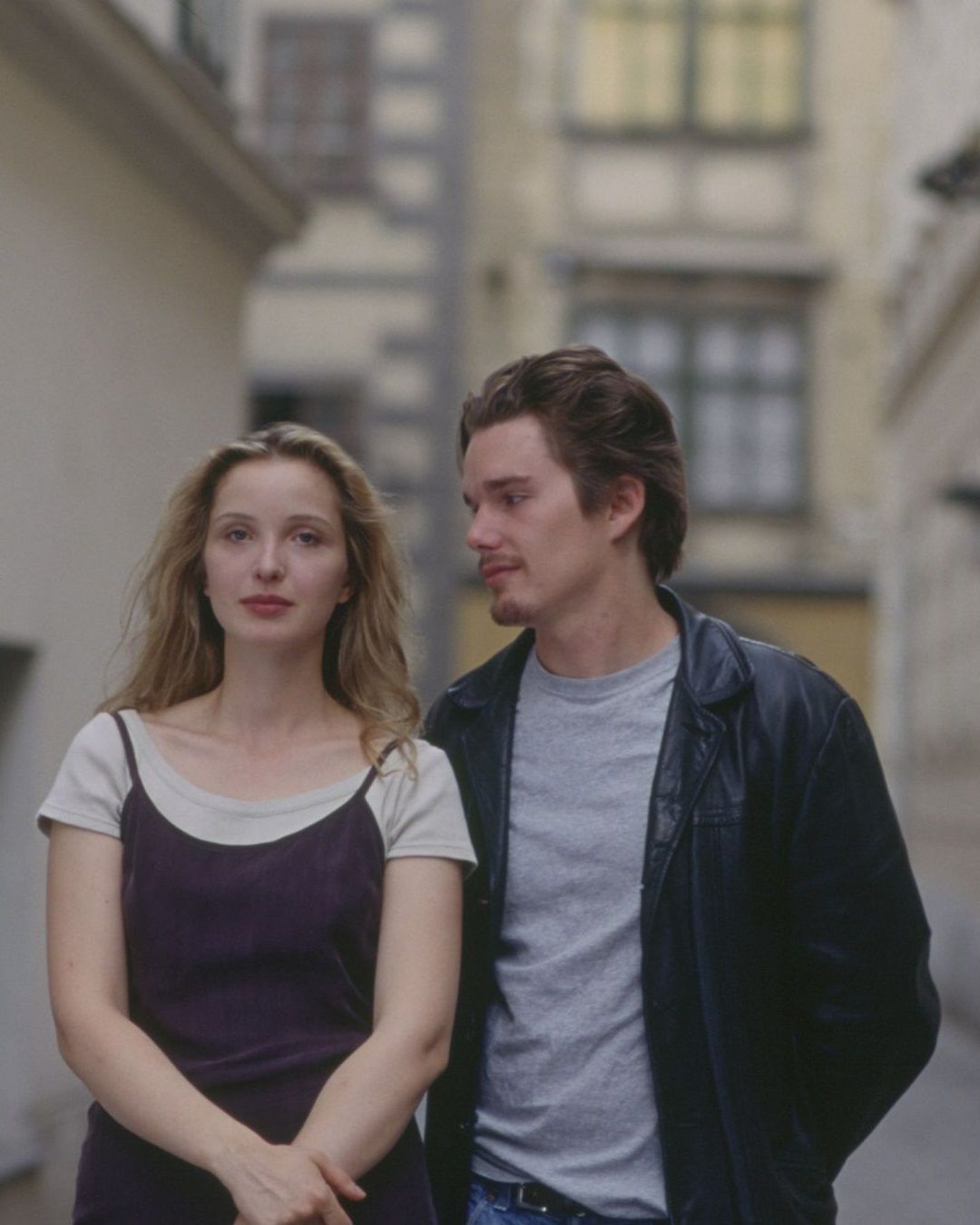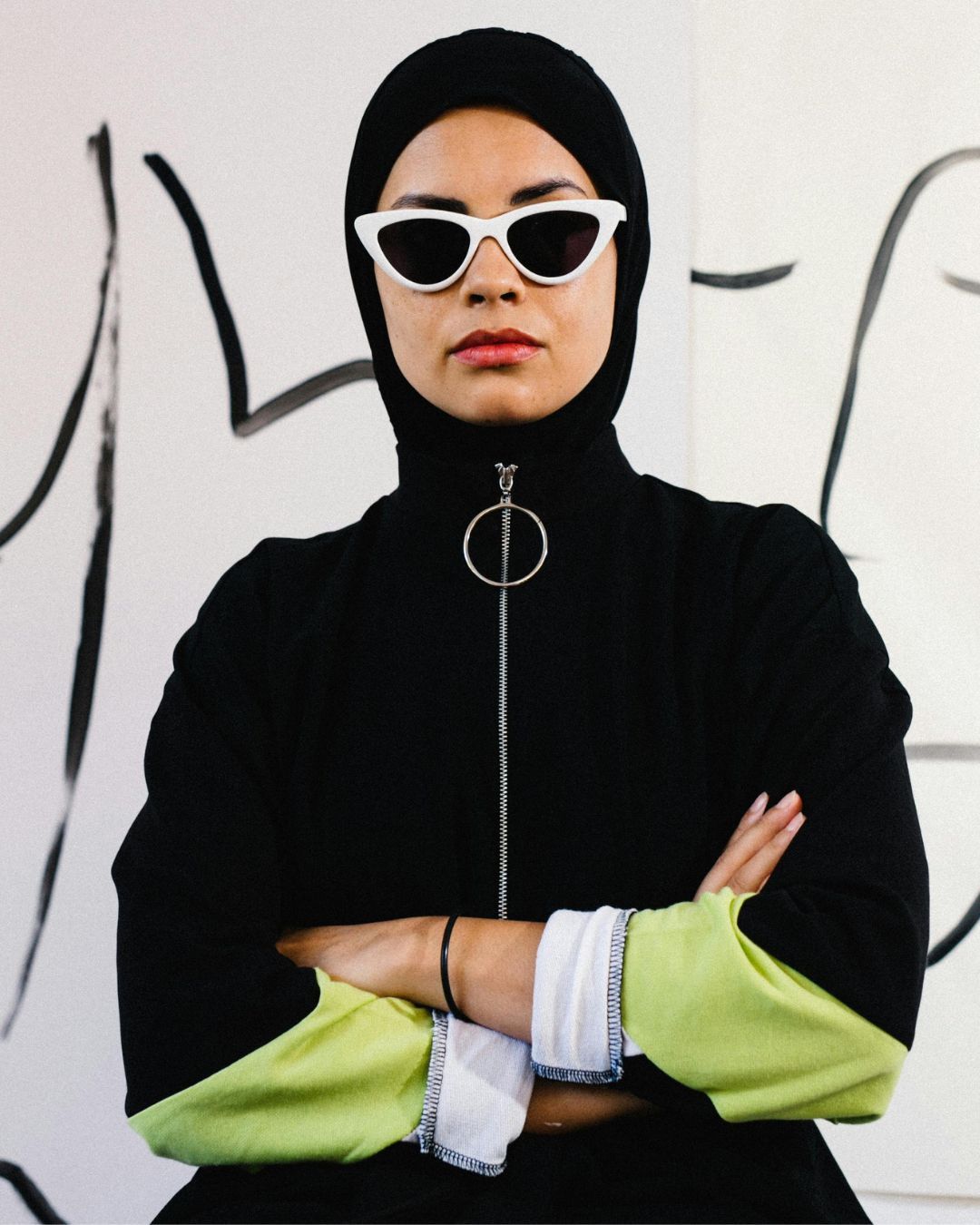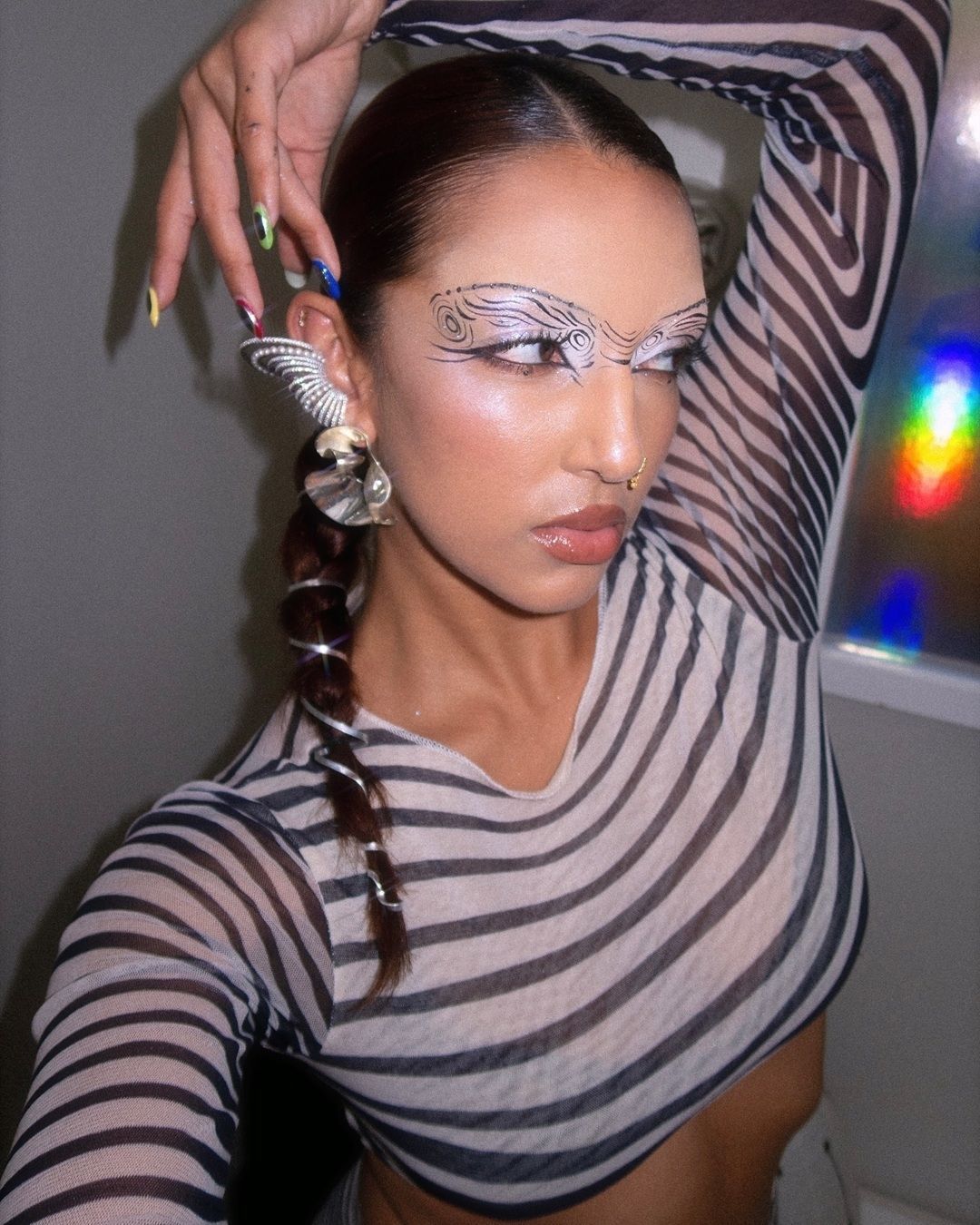
Beauty loses power on Instagram End of an era?
There was a time when Instagram was the beating heart of beauty — the place where every creamy texture, every golden highlighter glow, every misty spray was captured, celebrated, and desired. But something has cracked. According to exclusive data from influencer marketing platform Lefty, the earned media value (EMV) of the beauty sector on Instagram has suffered a significant drop: -28% in the first quarter of 2025 compared to the same period last year. We’ve gone from $1.18 billion to "just" $847.6 million. The numbers speak for themselves: the relationship between beauty and Instagram is entering a new, more disenchanted and complex phase. What was once a perfect match — curated aesthetics, engaged audiences, aspirational content — now shows signs of wear. And it’s not just a seasonal dip. Although Q1 is traditionally quieter, with tighter budgets and slower post-holiday rhythms, the decline seen in 2025 is unusually steep. Influencer activations have dropped, viral content feels scarce, and Instagram’s once-generous algorithm now behaves more like a fickle judge.
The decline of engagement on Instagram
Instagram is shedding its skin. And beauty, once its most photogenic face, can no longer set the rules of the game. The decline isn’t just in the numbers, but in the very energy that once drove Instagram engagement. The spontaneous interaction, the urge to “save for later” a tutorial, the excitement of a viral launch — all now seem less magnetic, less essential. The plummeting EMV tells us exactly that: the audience is no longer as emotionally invested. The once-perfect aesthetic — soft lighting and coordinated feeds — now feels artificial, predictable, even tired. Contributing to this decline are deeper cultural factors. User attention has splintered. TikTok — with its fast pace and raw, authentic aesthetic — has tapped into a different desire: one for authenticity, imperfection, and spontaneity. In trying to adapt, Instagram has lost part of its original identity. In this new context, digital beauty — which thrives on refined imagery, slow rituals, and visual storytelling — struggles to shine. It’s not just about the algorithm, but about a shift in generational attitude.
Struggling categories and strategic exceptions
The decline has affected all the main beauty subcategories on Instagram, though not equally. Haircare has taken the hardest hit, down 48%. This reflects not just a drop in engagement, but the struggle to refresh a worn-out visual narrative. Hair content on Instagram no longer captures the collective imagination: it lacks fresh formats, engaging storytelling, and ideas that can surprise an increasingly numb audience. Following closely are skincare (-36%), makeup (-19%), and fragrances (-12%), each with their own specific struggles. In the past, a viral texture or a top influencer could spark conversation — not anymore. Now, brands need to build authentic storytelling, elevate real voices, and create deeply engaged communities. Yet amidst this changing landscape, we do see winning beauty strategies on Instagram. Some brands are responding smartly, sensitively, and with sharp readings of contemporary cultural codes. Jo Malone London, for example, has embraced the rising wave of Hallyu by naming South Korean actor Kim Soo-hyun the face of a campaign that generated $1.8 million in EMV. Dolce & Gabbana bet on the Mediterranean charisma of Michele Morrone to launch Devotion Eau de Parfum for Men, achieving a stunning +829% in EMV year over year. These aren't lucky breaks — they're a new way to read the present, valuing local identity, strong narratives, and cultural relevance.
A more critical, less impressionable audience
Beyond platform shifts, there’s a radical change in how audiences perceive influencer marketing. According to a recent report, consumers trust sponsored content less and less, and value authenticity, rawness, and personality more. The result? Even micro-influencers, once the most credible link in the chain, are losing relevance. In response, some brands are shifting focus back to high-profile celebrities or creators who go beyond promotion, those capable of forming real emotional connections. It’s as if the whole structure of attention marketing is undergoing a crisis of meaning, a necessary redefinition of its codes. The content creator crisis that emerged in 2024 and has been widely reported also plays a key role. Content feels repetitive, formats stale, and communities feel more like targets than spaces for genuine exchange. This fuels a sense of saturation and fatigue that Instagram, with its static nature compared to TikTok, struggles to shake off.
Towards a new digital beauty ecosystem
The beauty industry is seeing a decline in consumer interest globally. Success now depends on developing smart offline and online strategies. But what if the digital beauty landscape isn’t just changing — it’s being rebuilt from scratch? The loss of Instagram’s central role is only a visible symptom of a broader shift. Brands can no longer rely on a single platform or one-size-fits-all formula. What’s needed today is a more multifaceted, fluid, intersectional vision. One that listens to niches, prioritizes community, and goes deeper rather than broader. In this new ecosystem, authenticity matters more than performance, consistency beats virality, and influence is measured by connection rather than metrics. Instagram remains an important player — but it’s no longer beauty’s undisputed throne. And perhaps, in this power shift, lies a new chance for the industry to be reborn.


